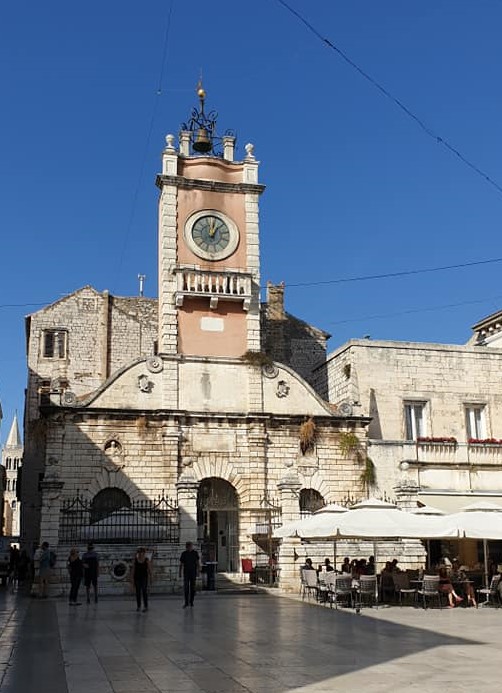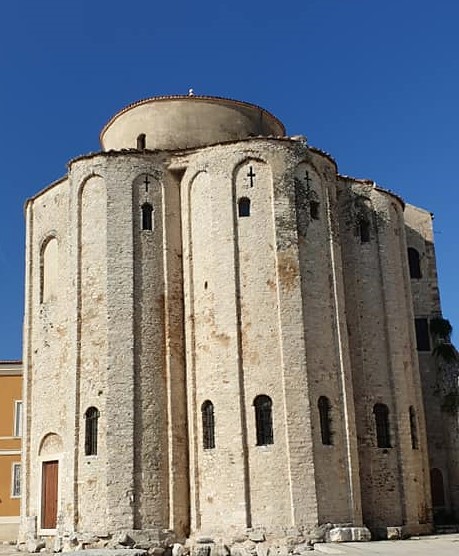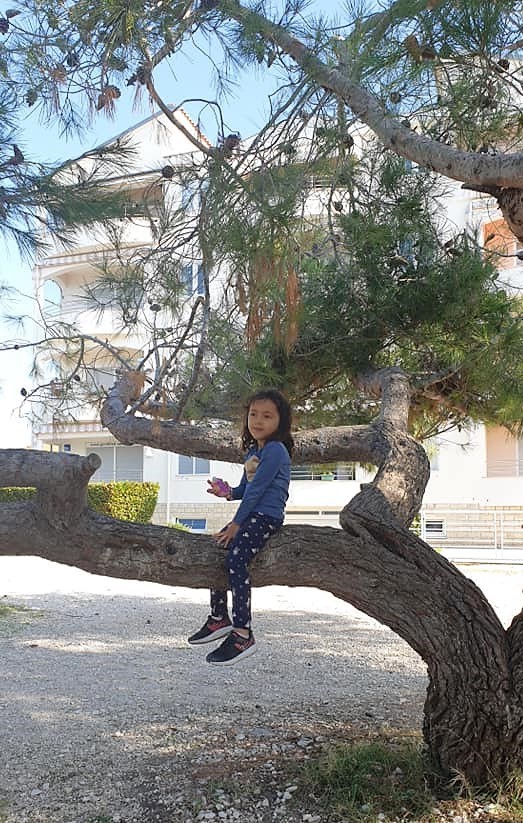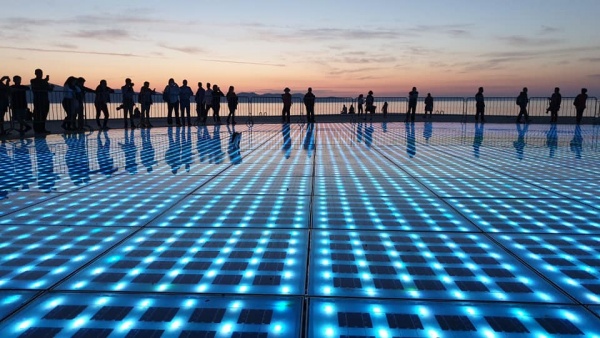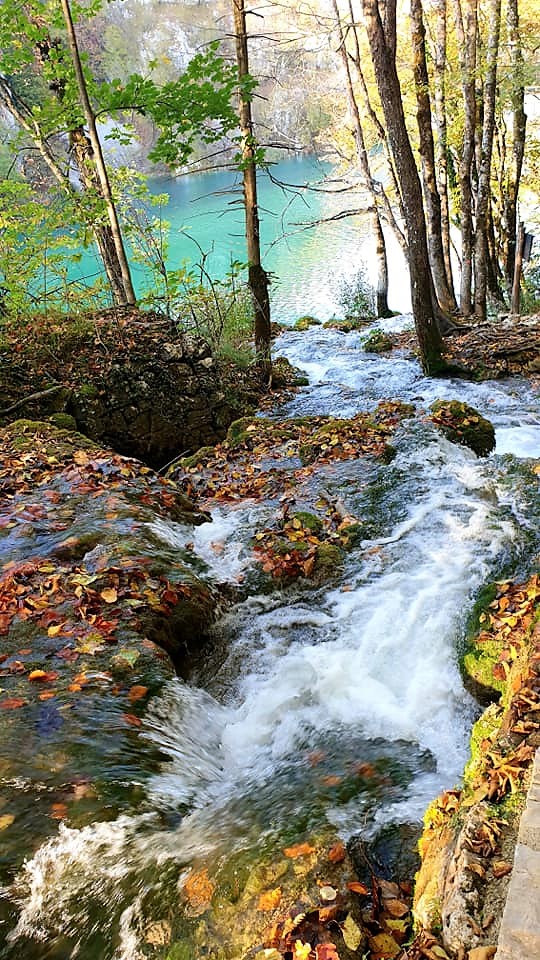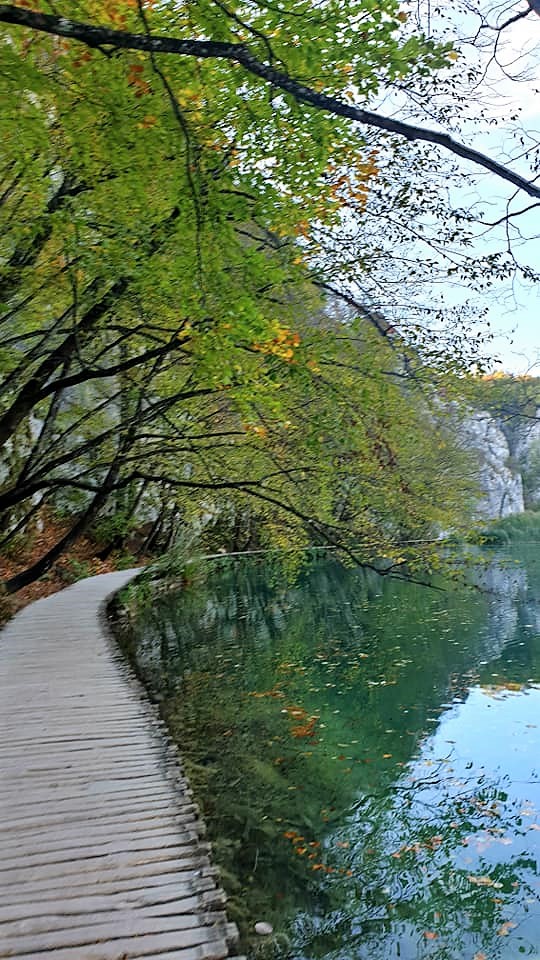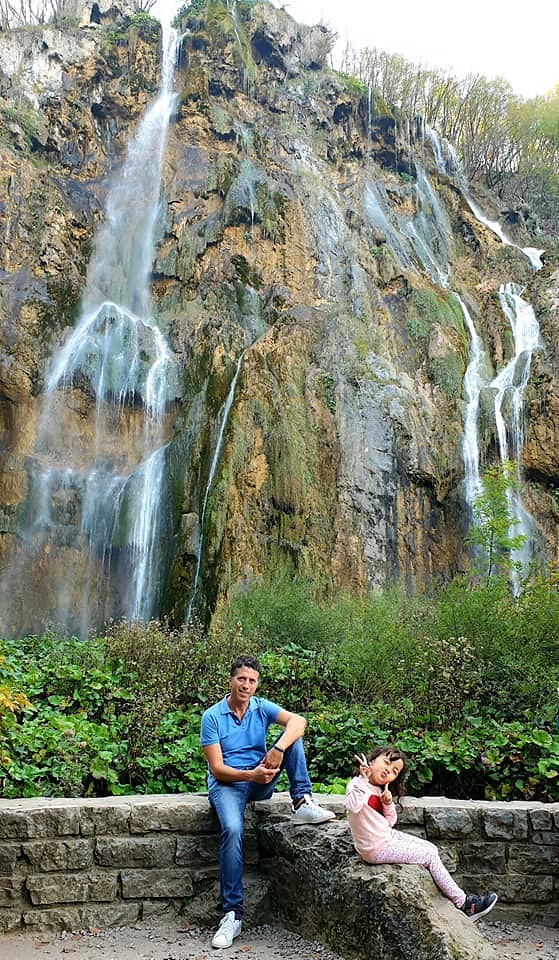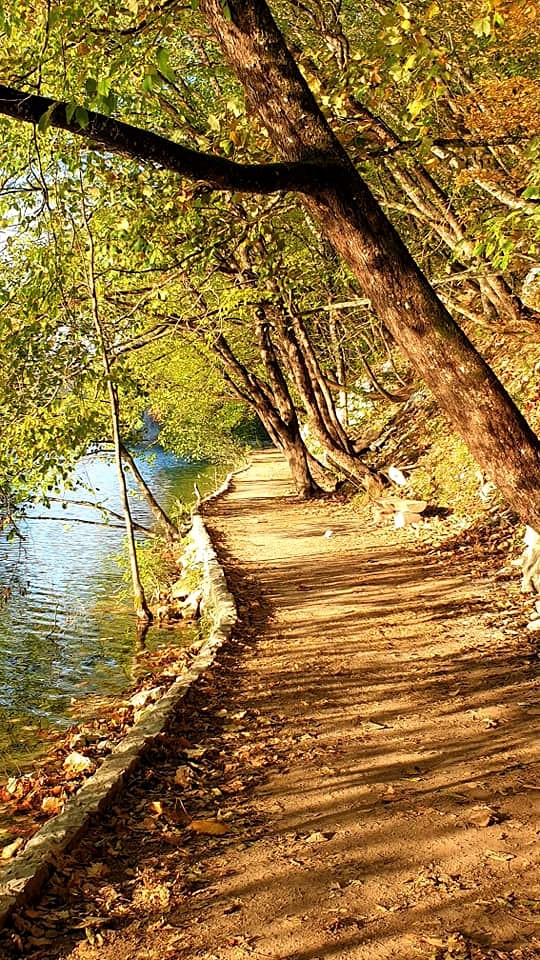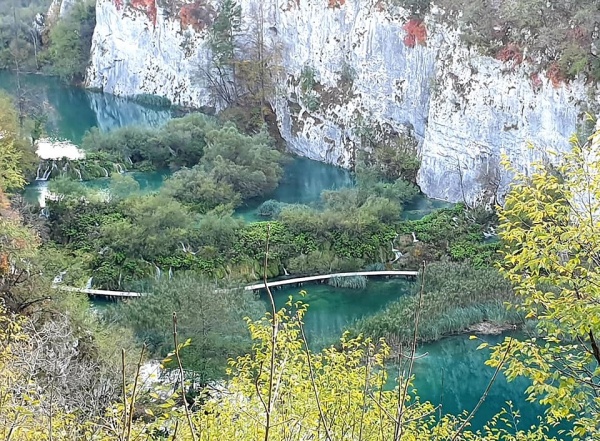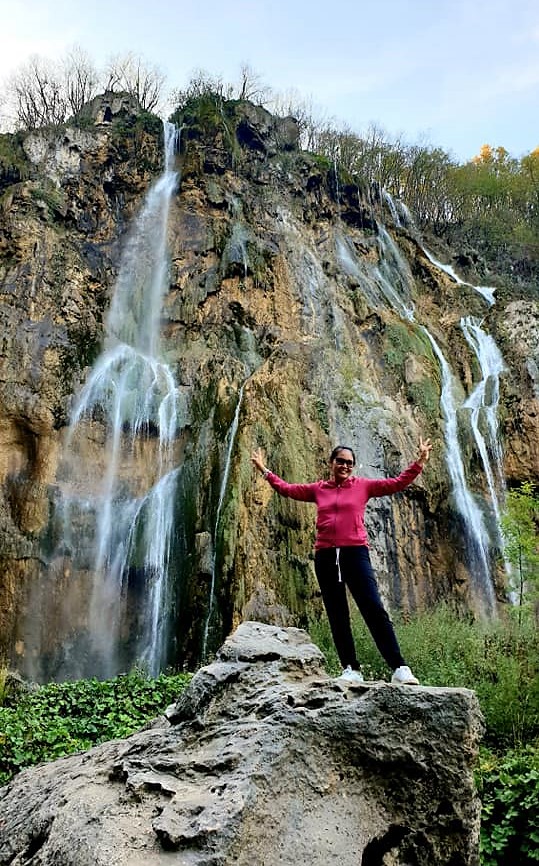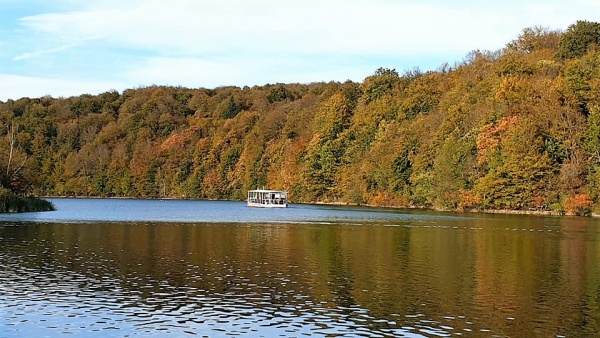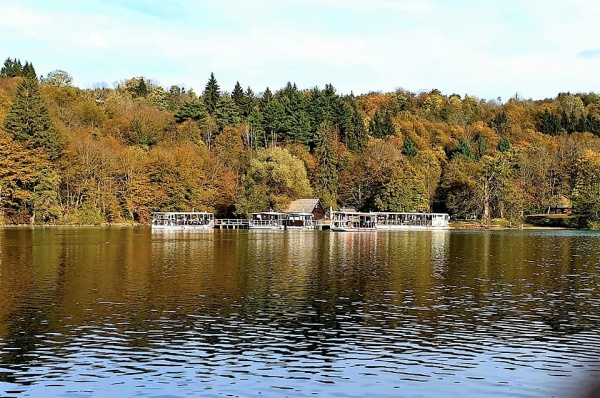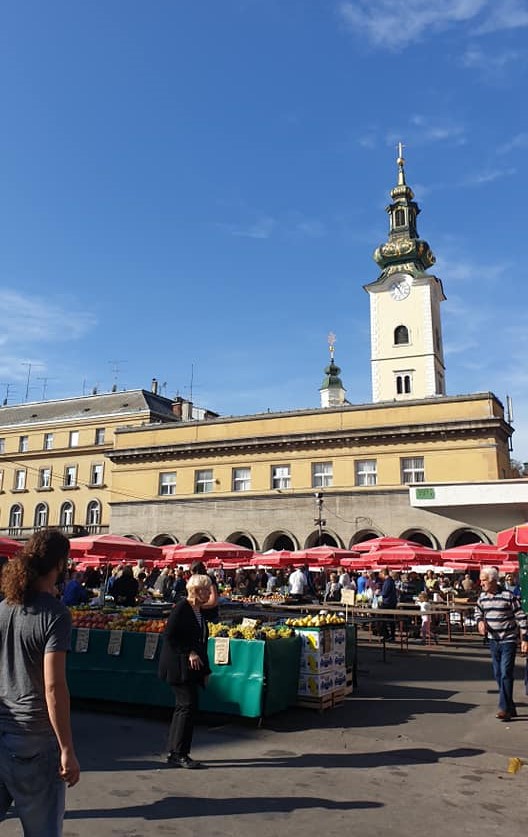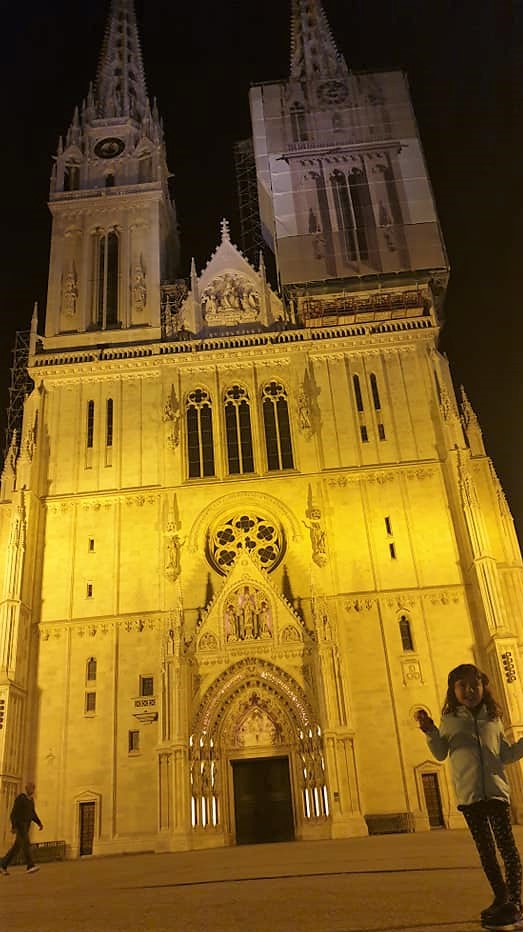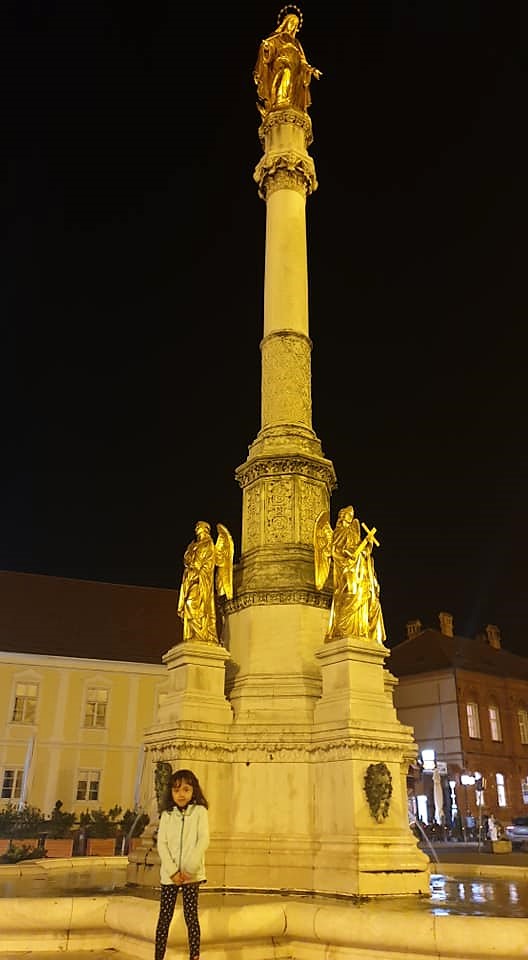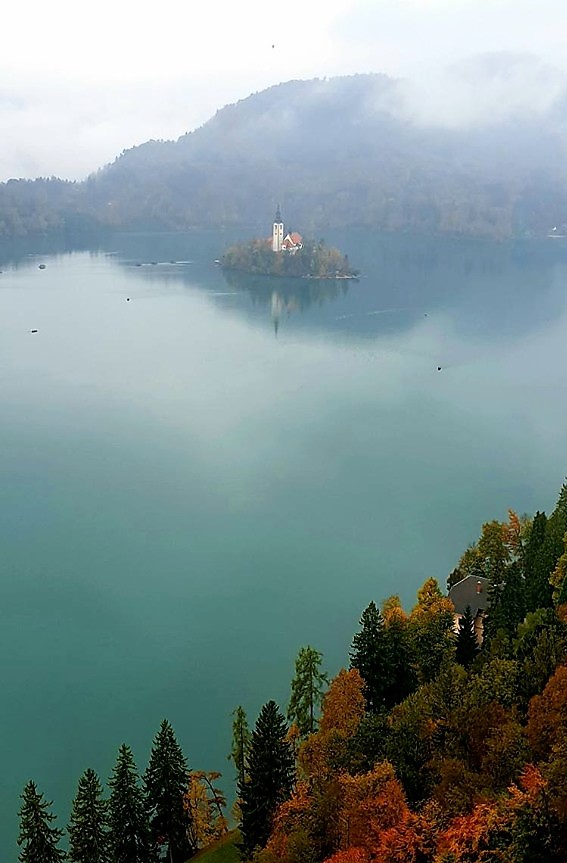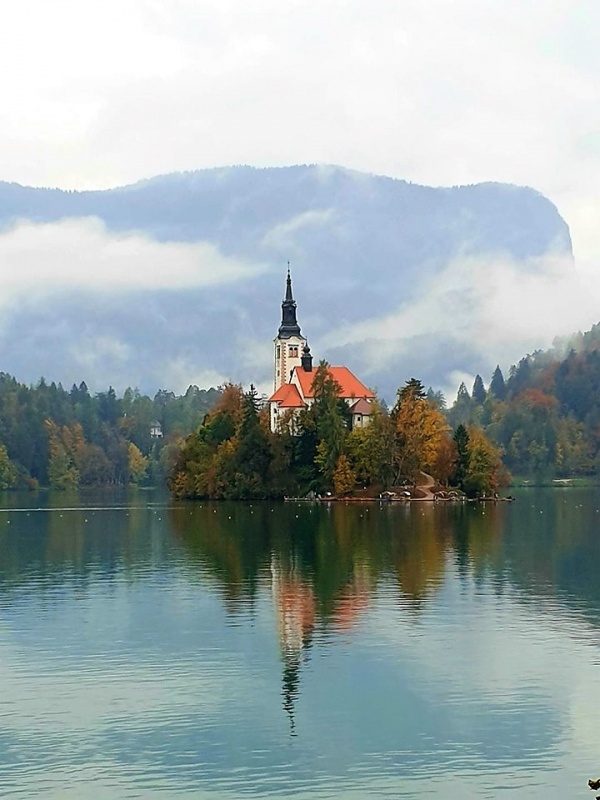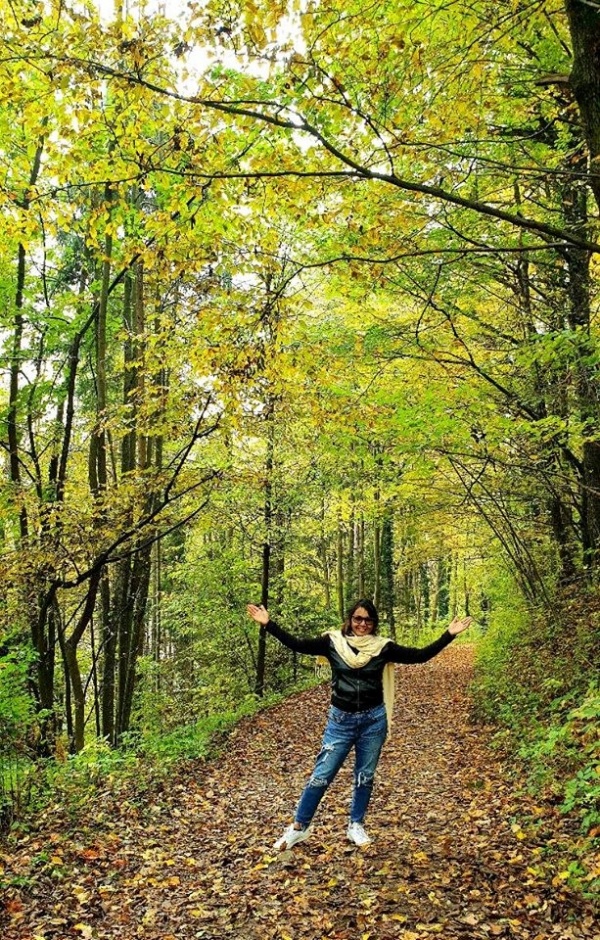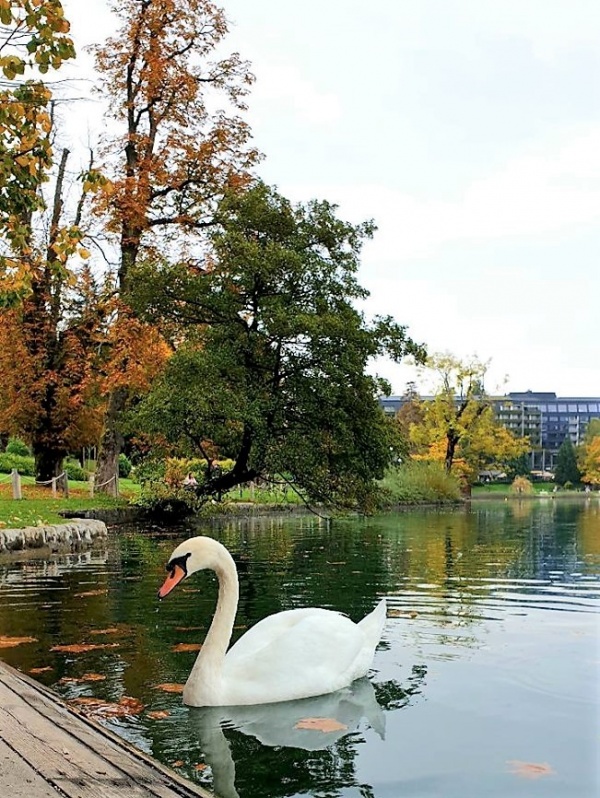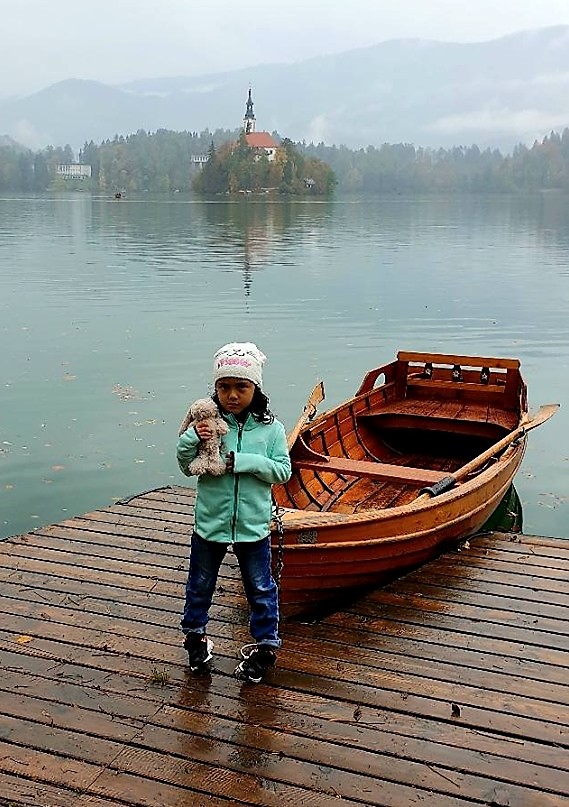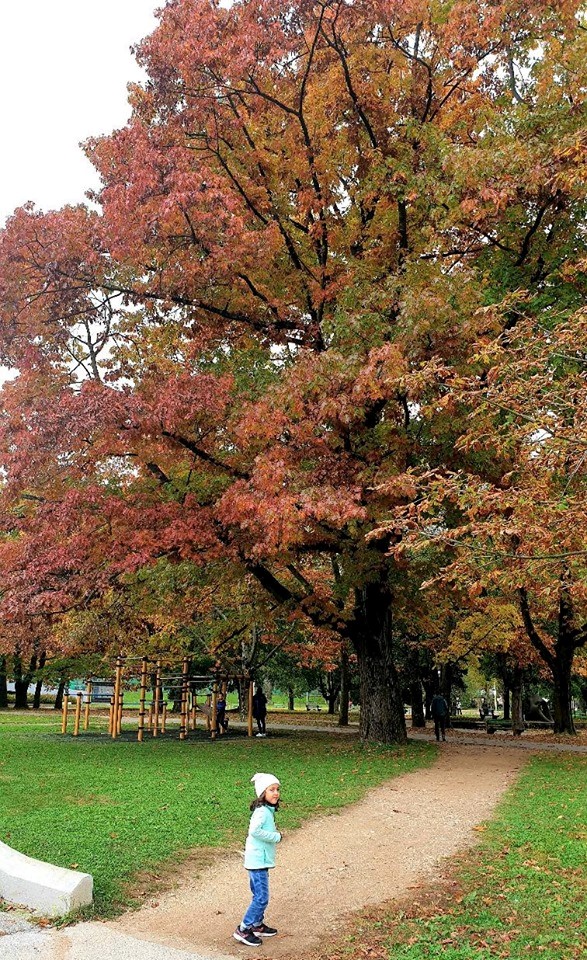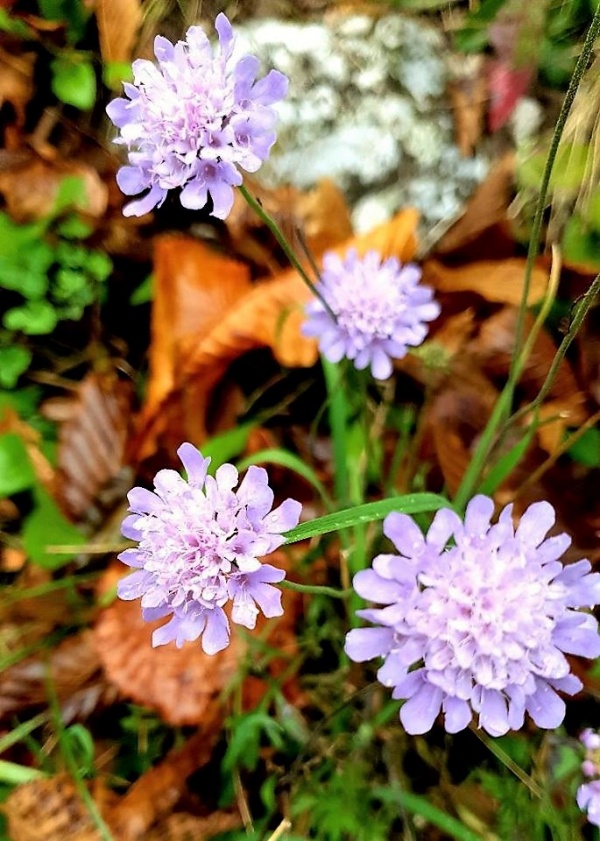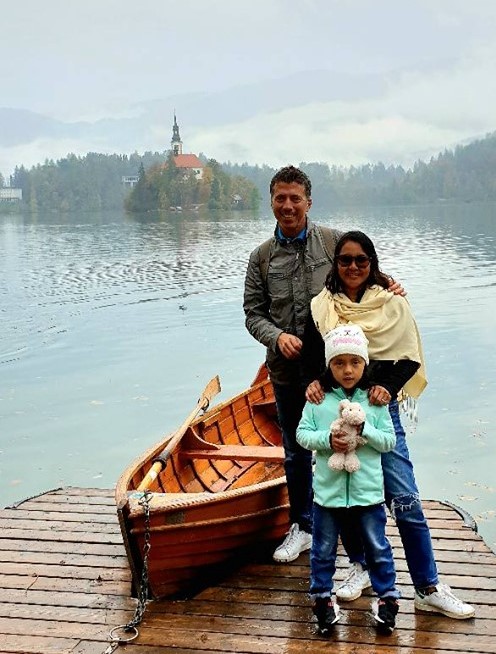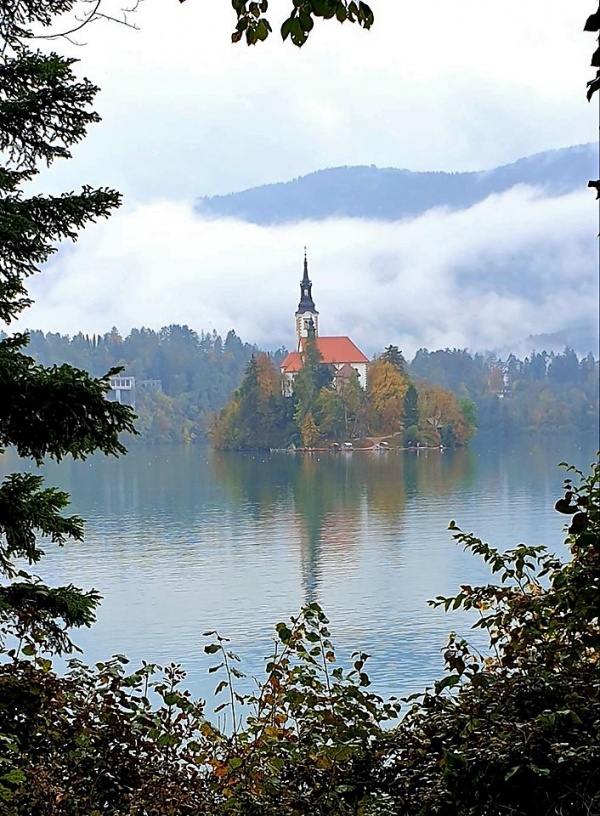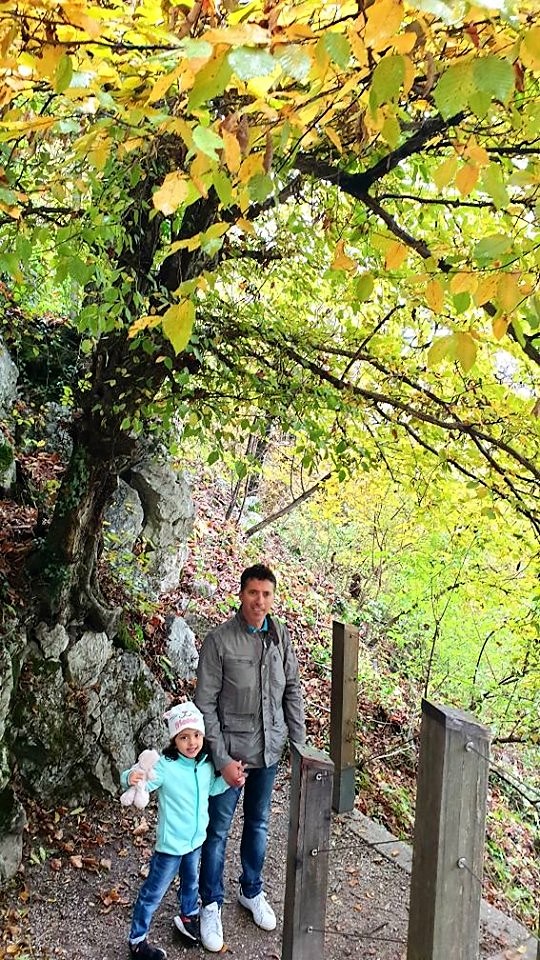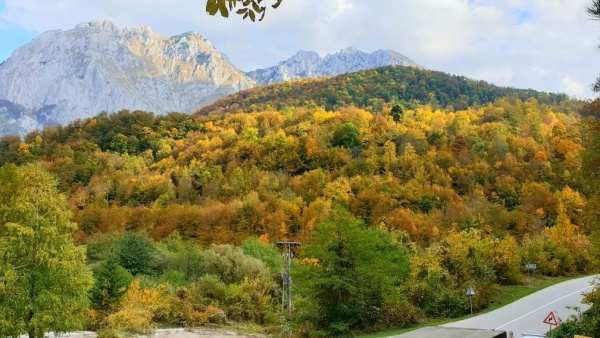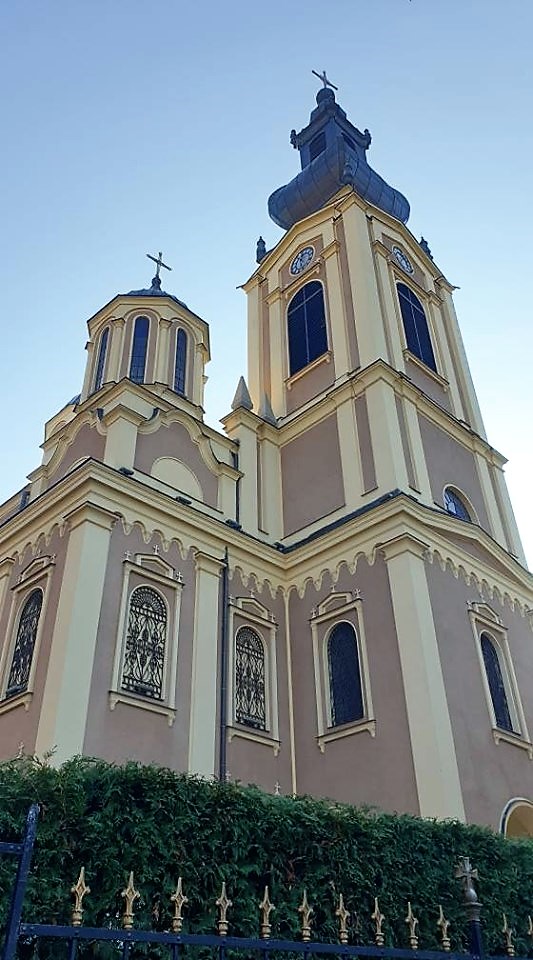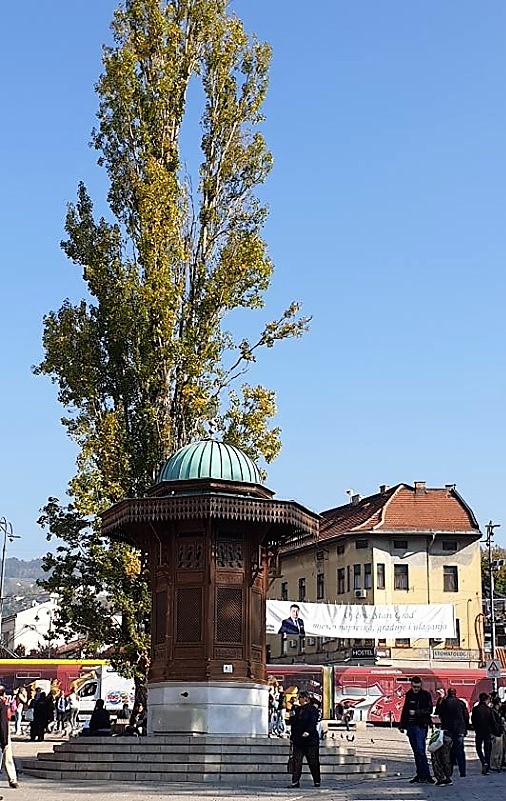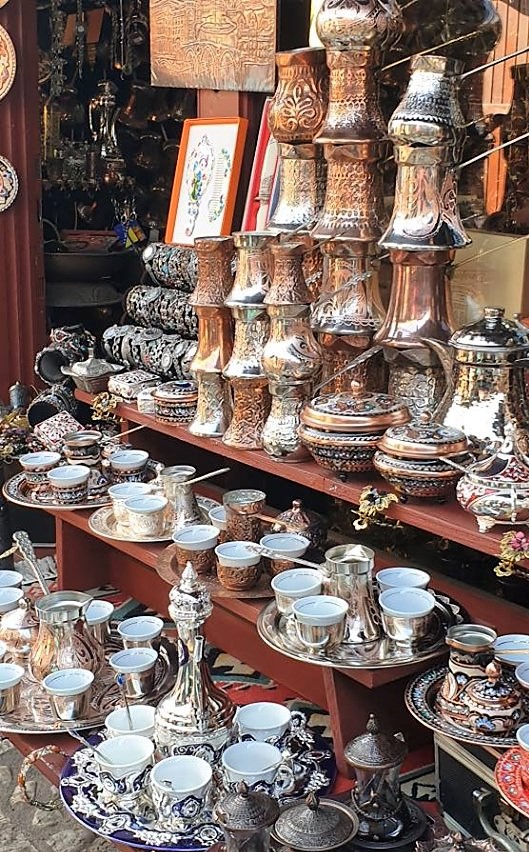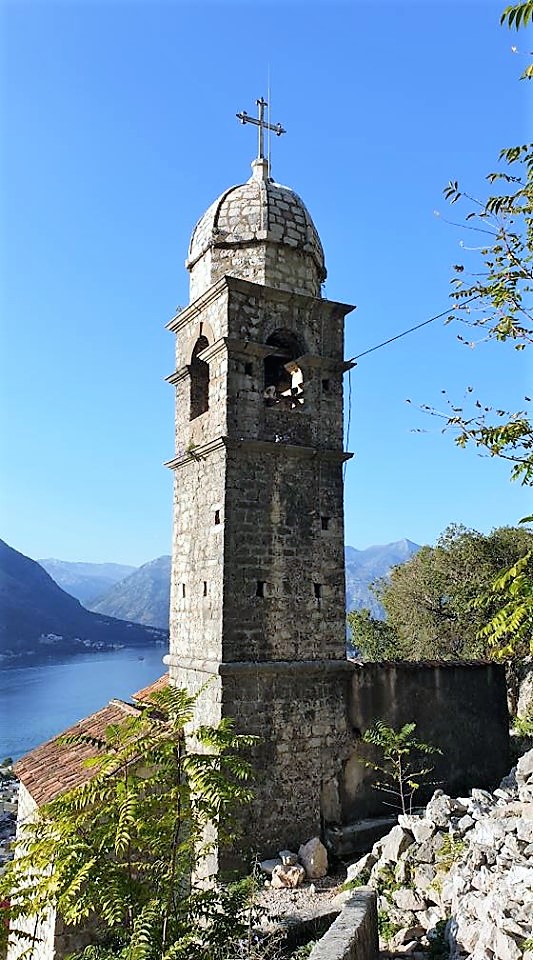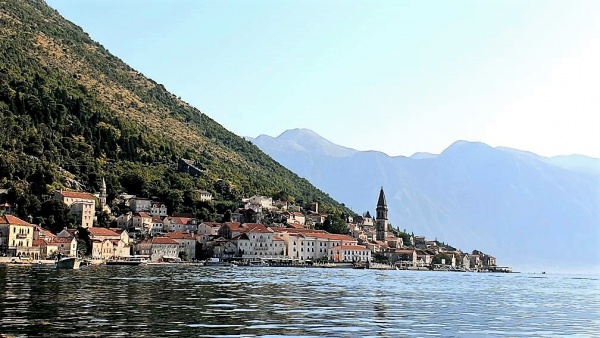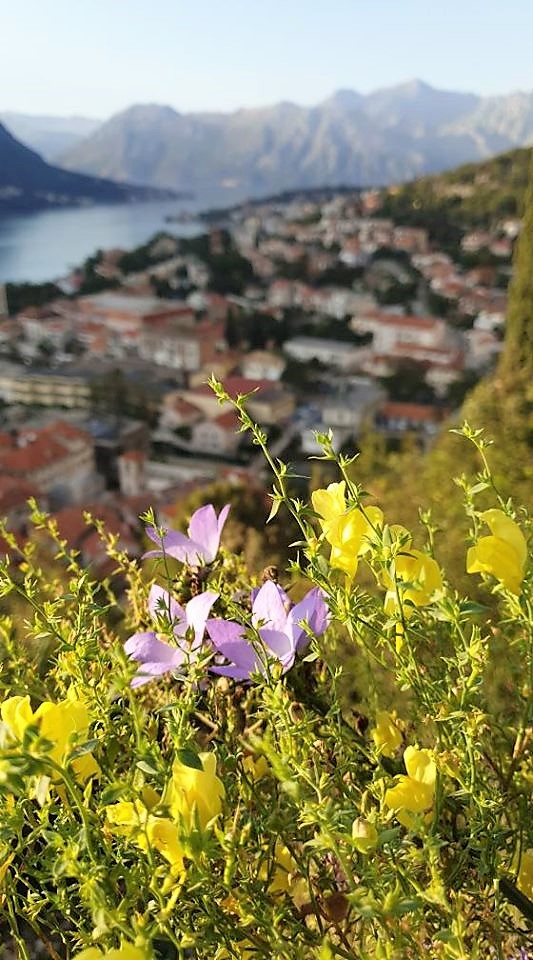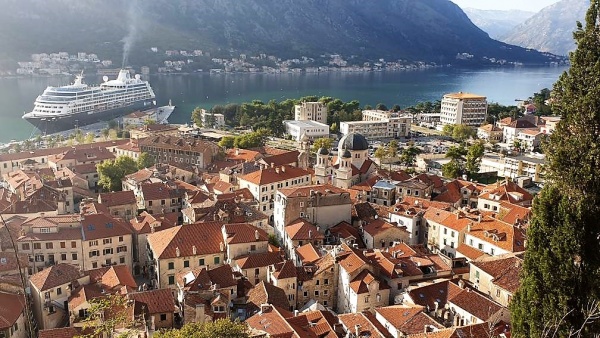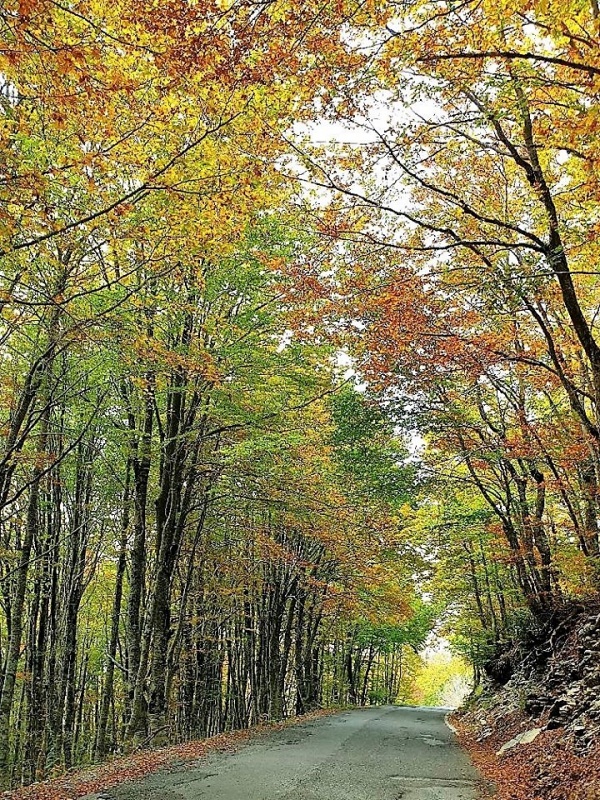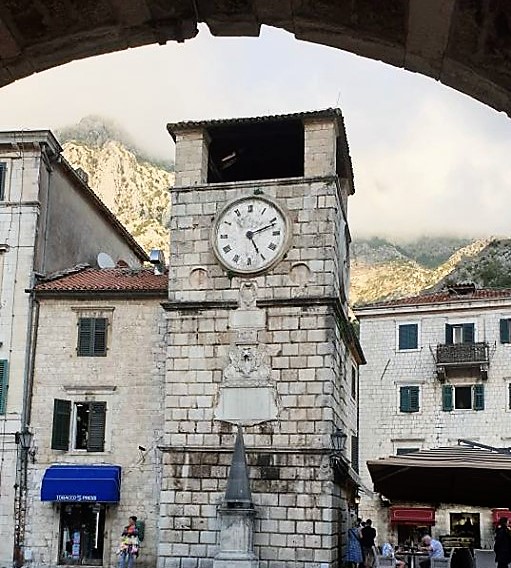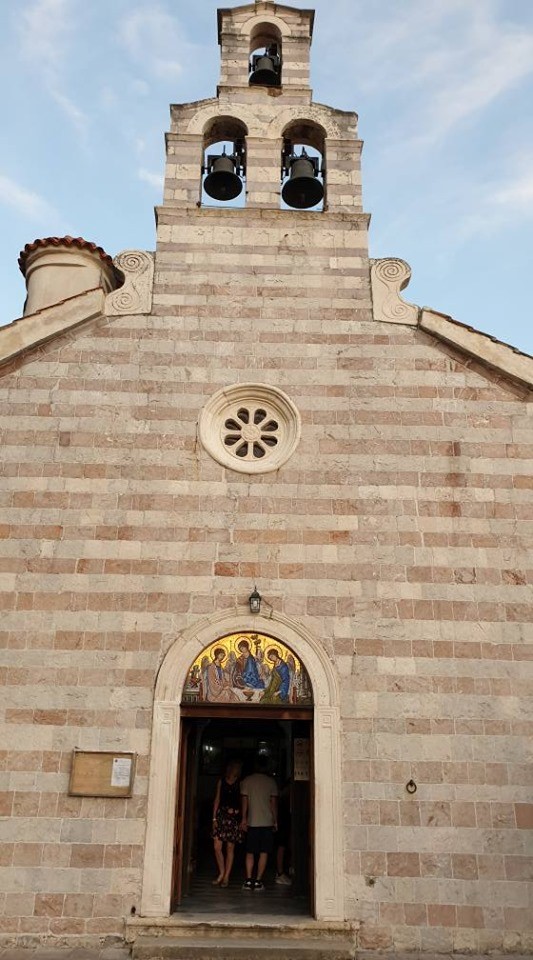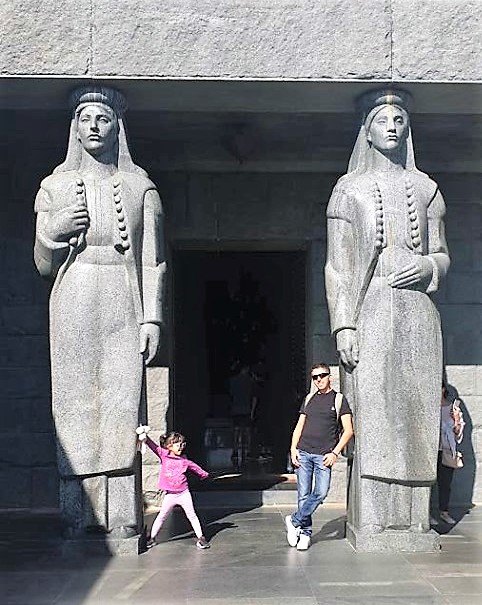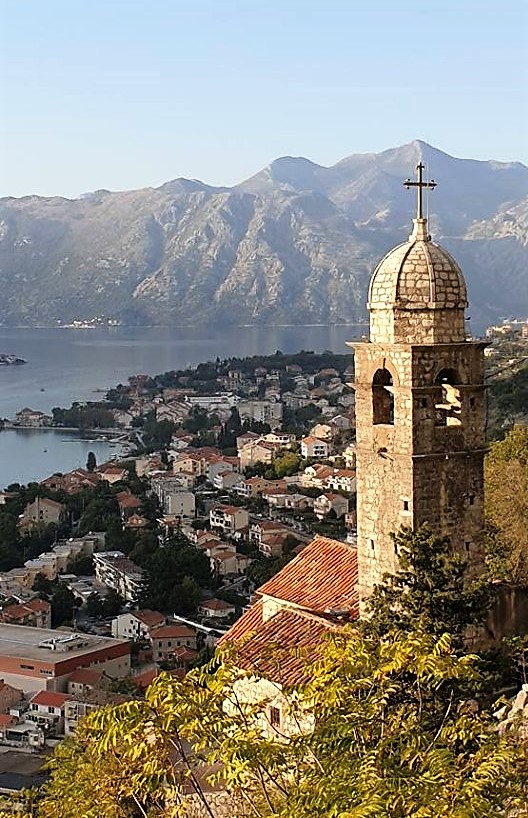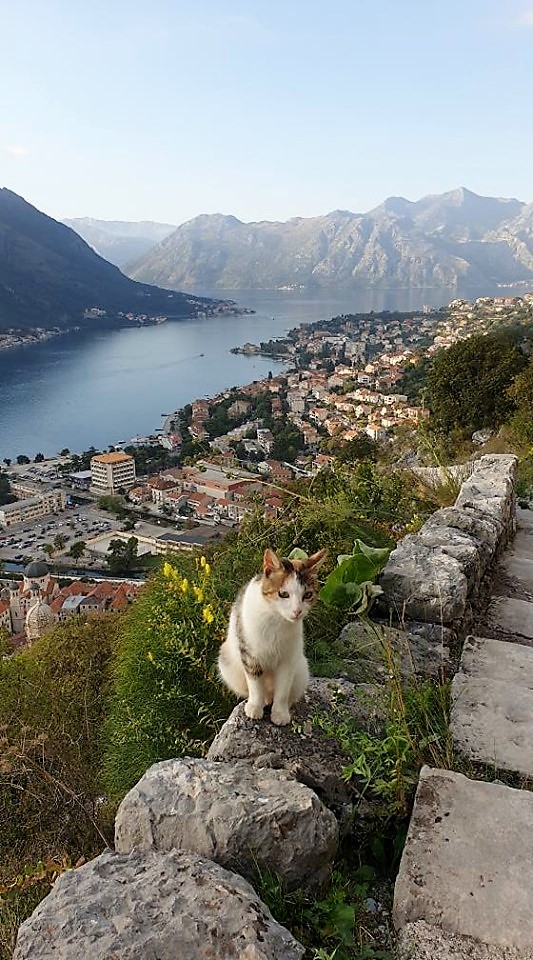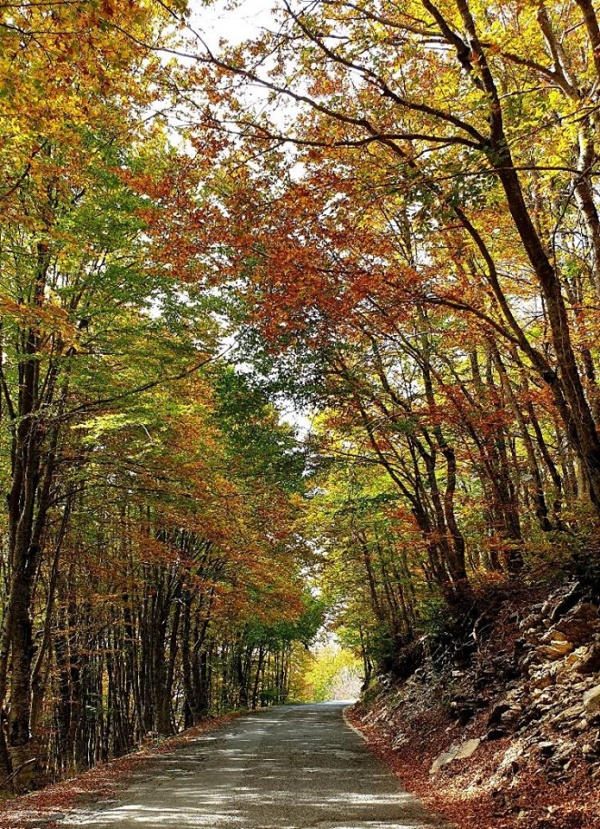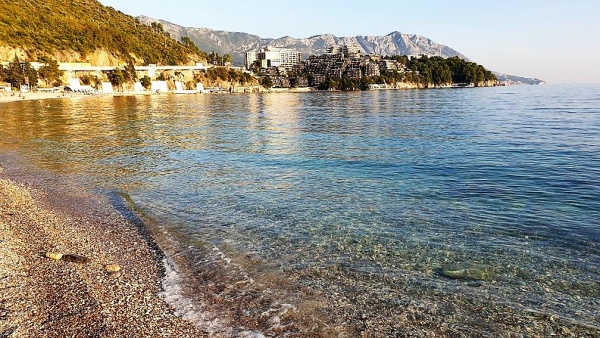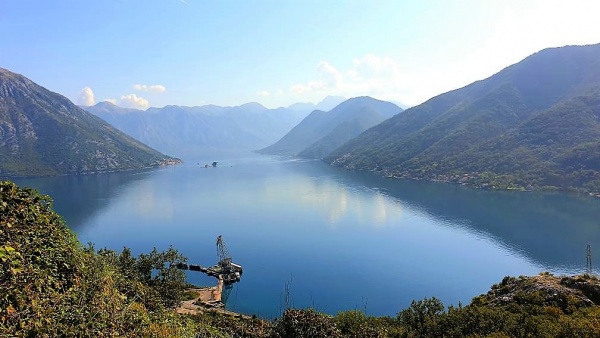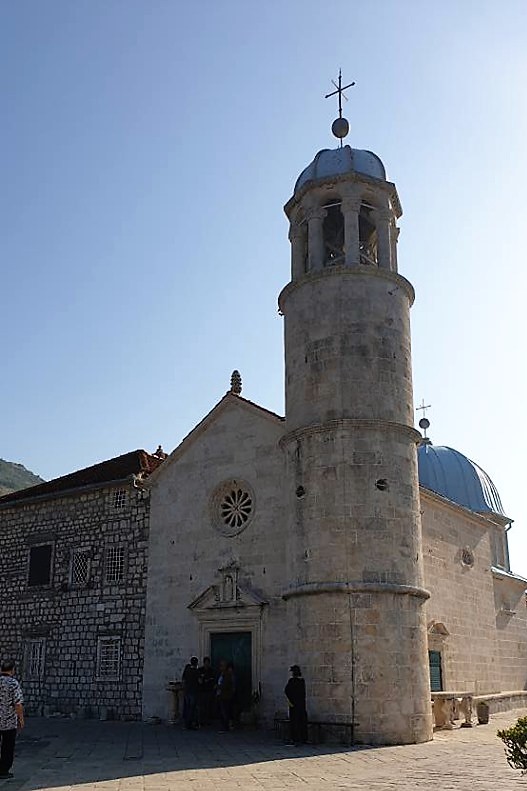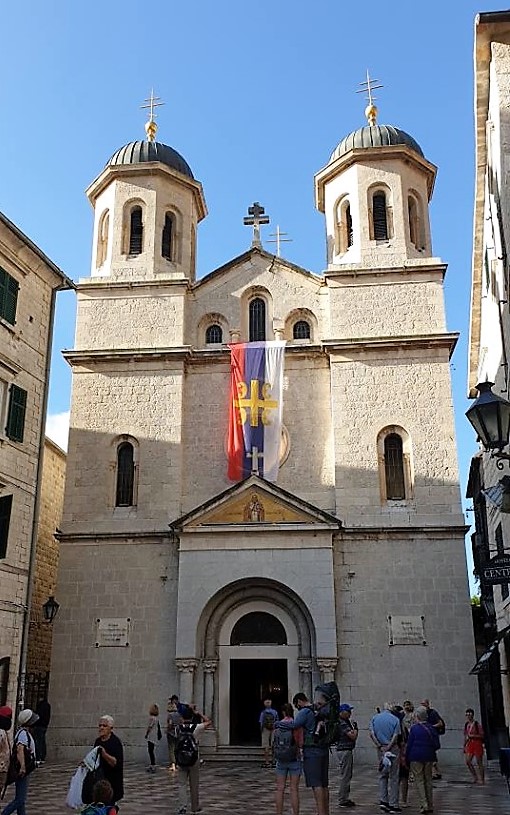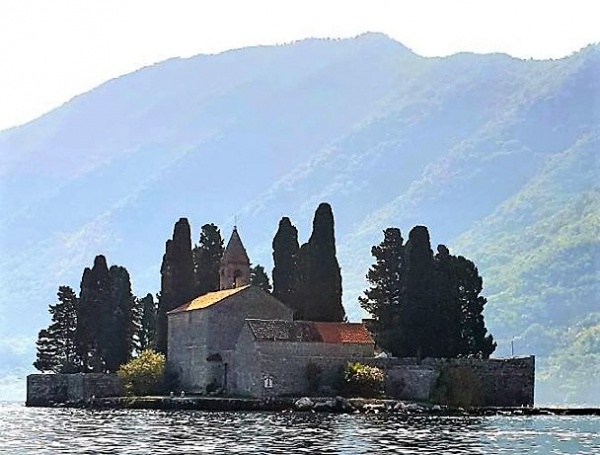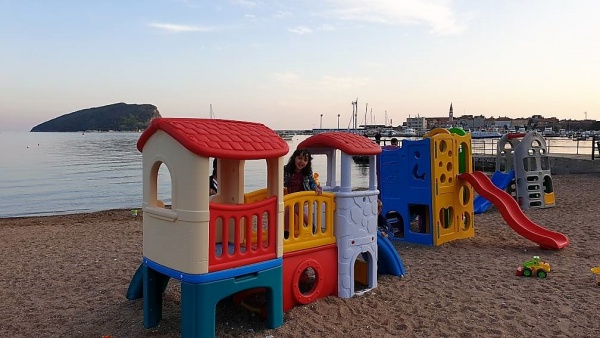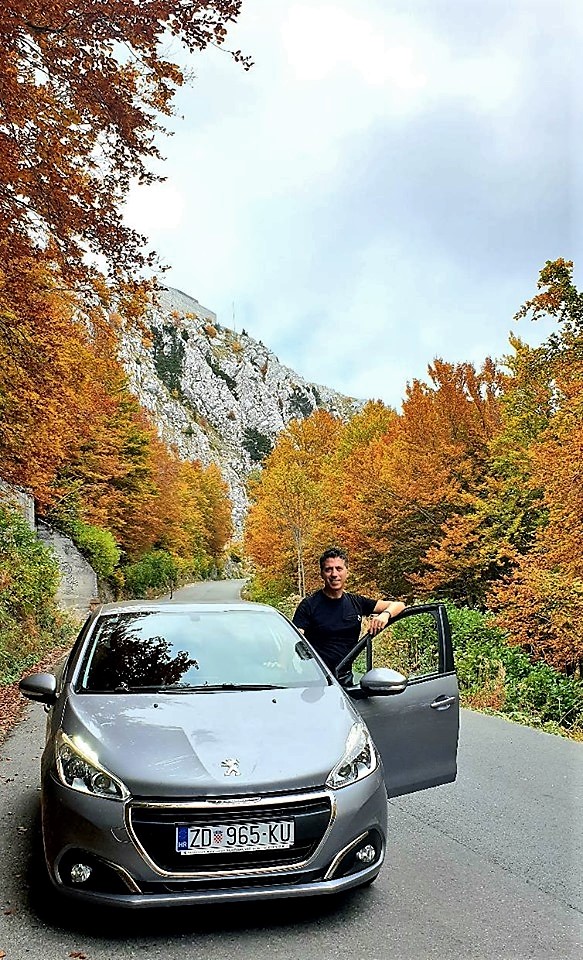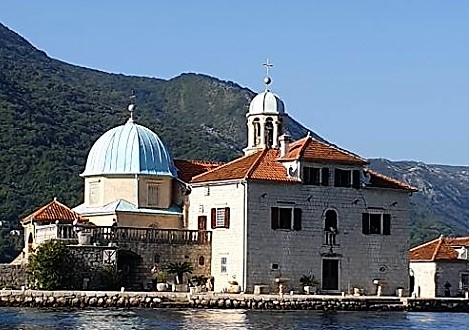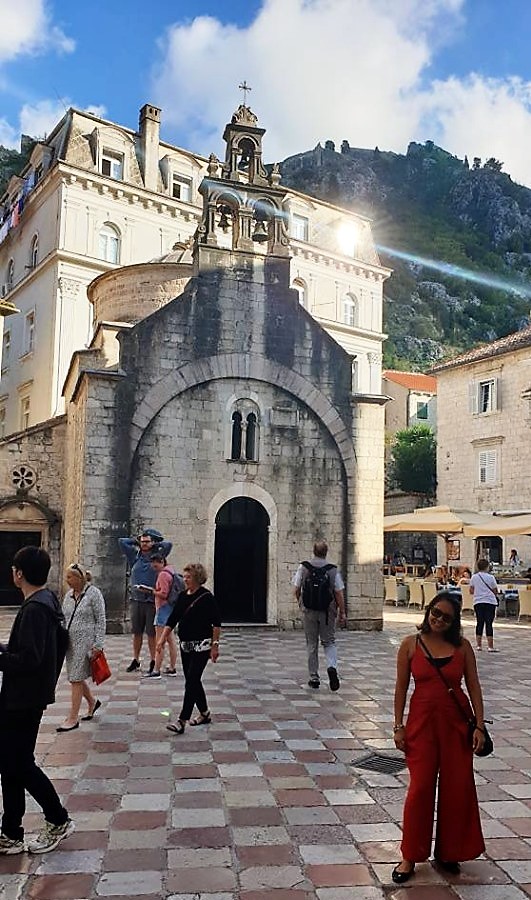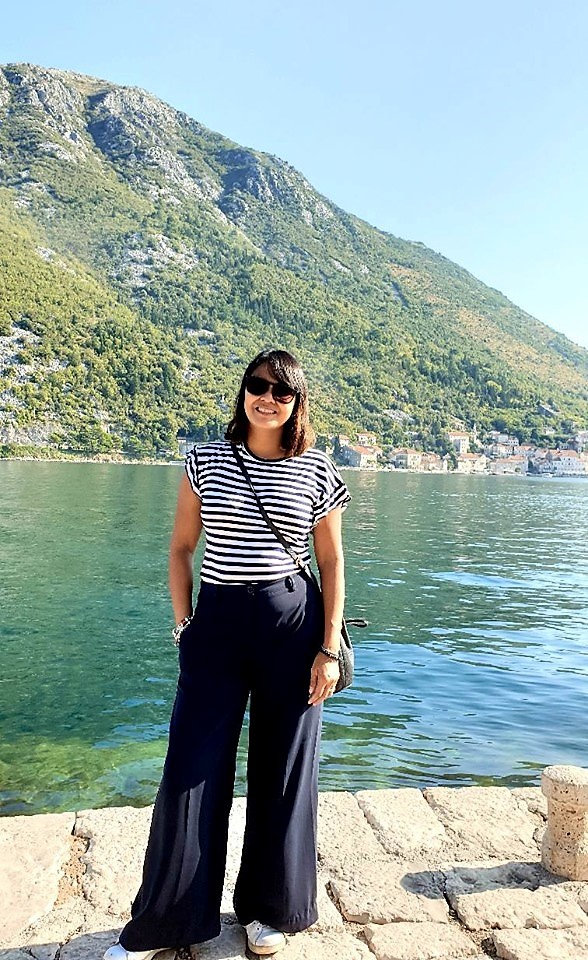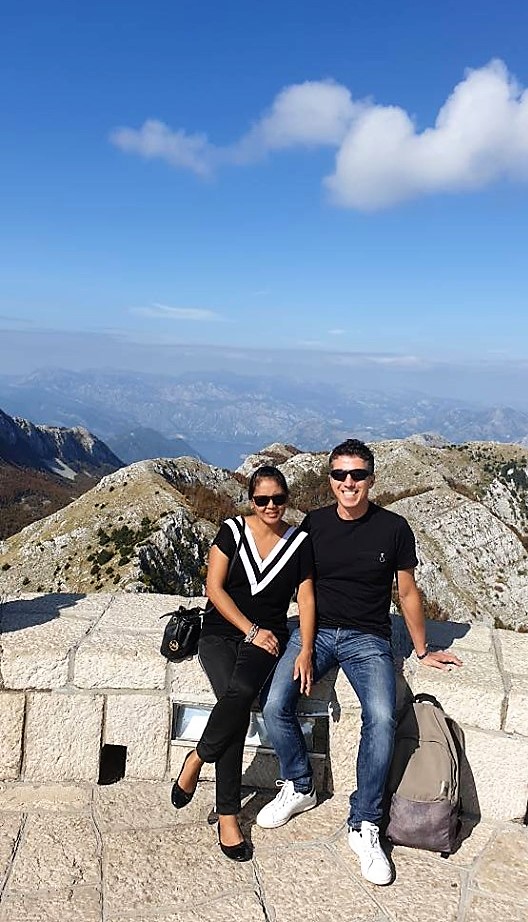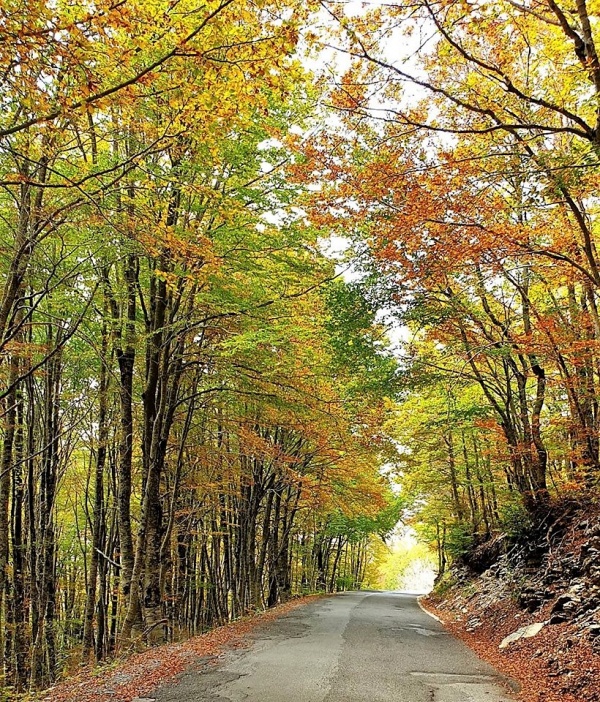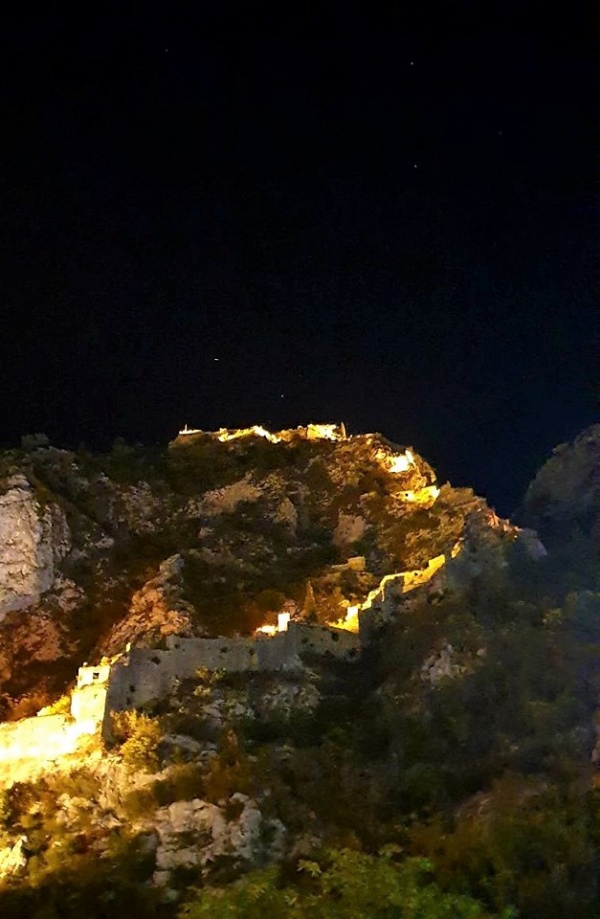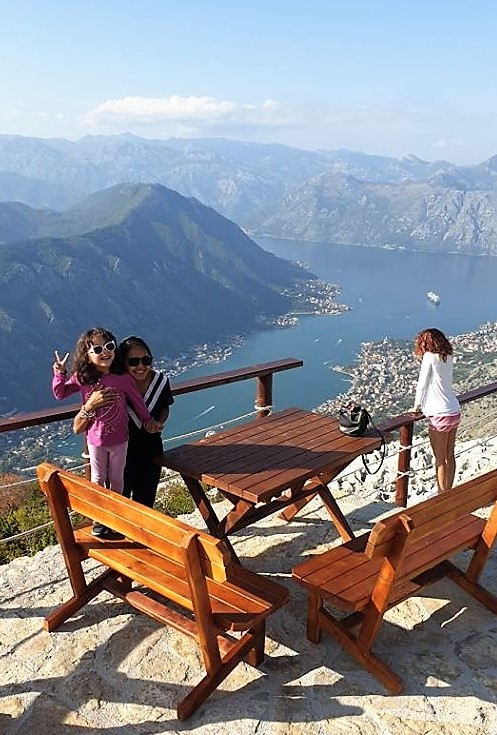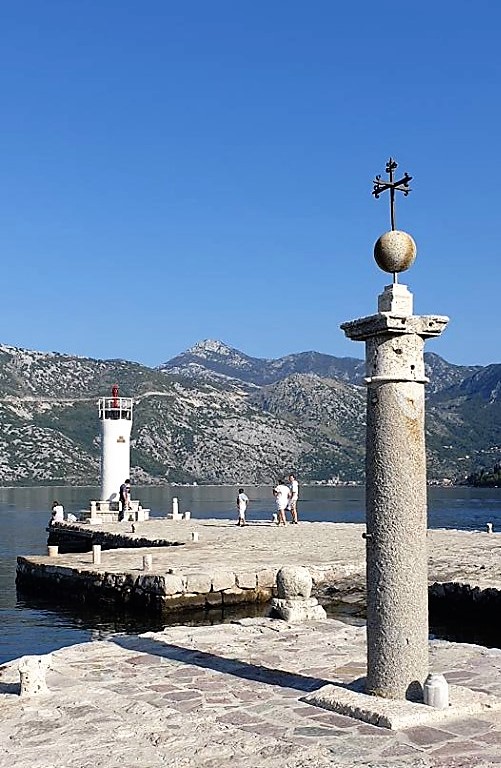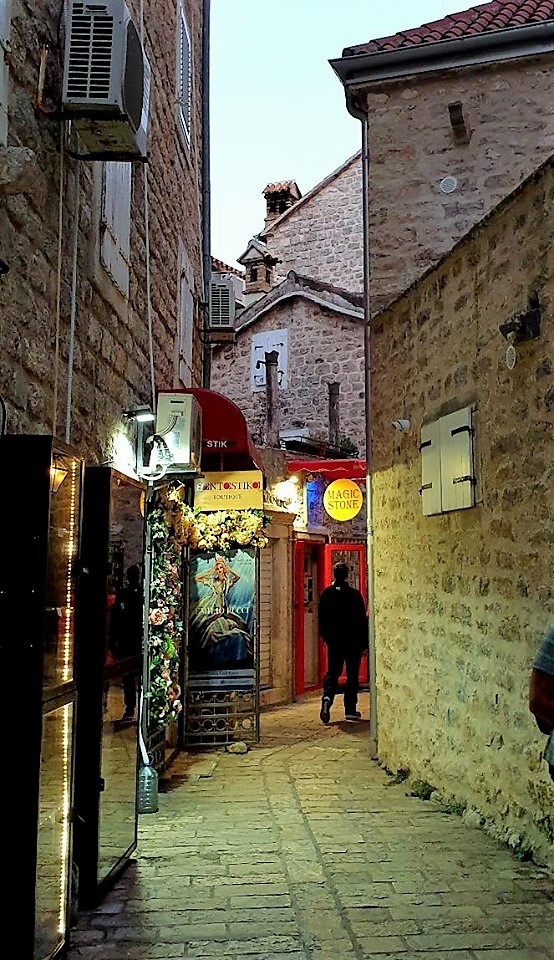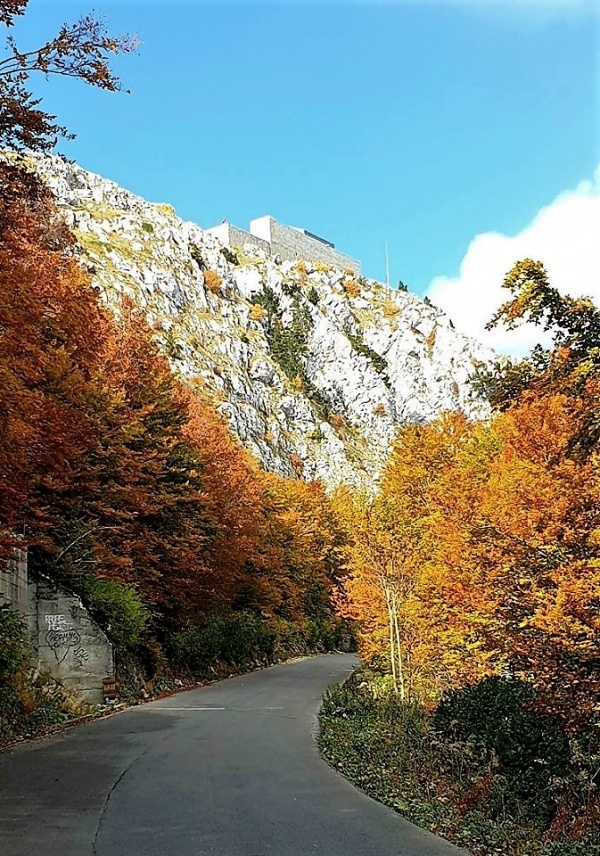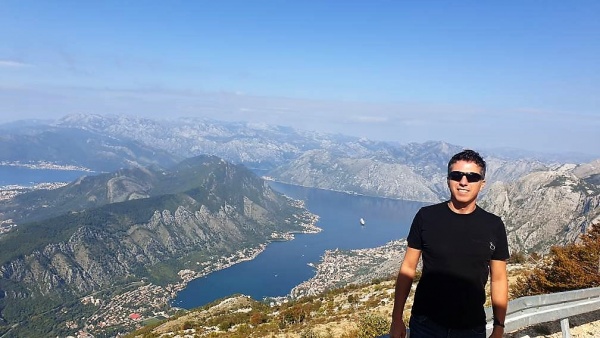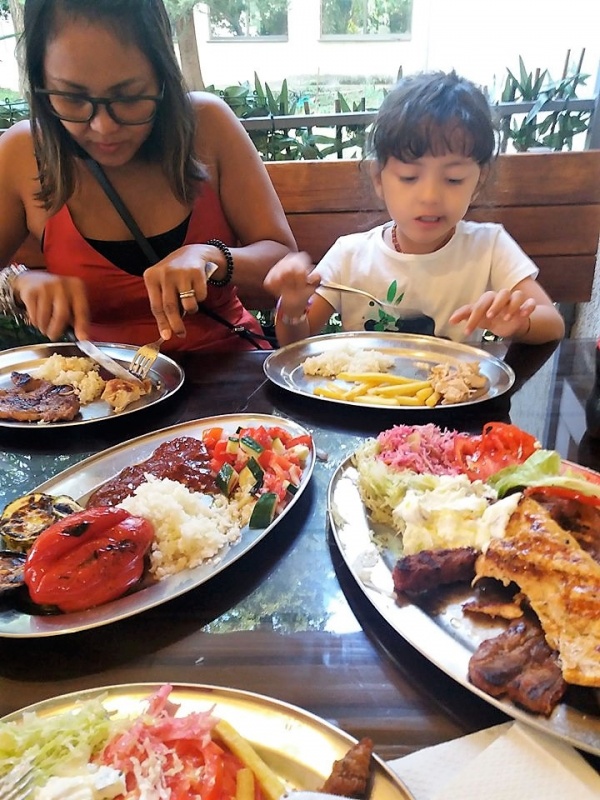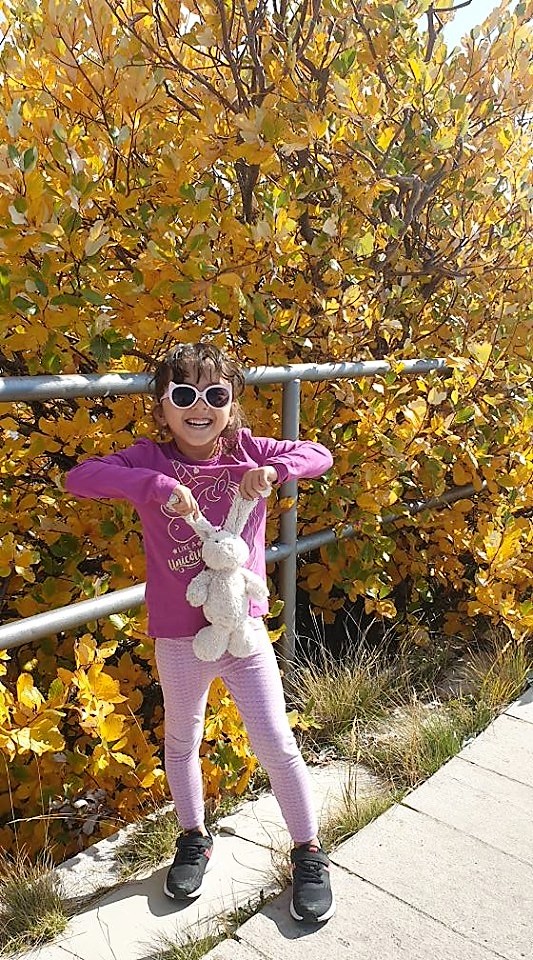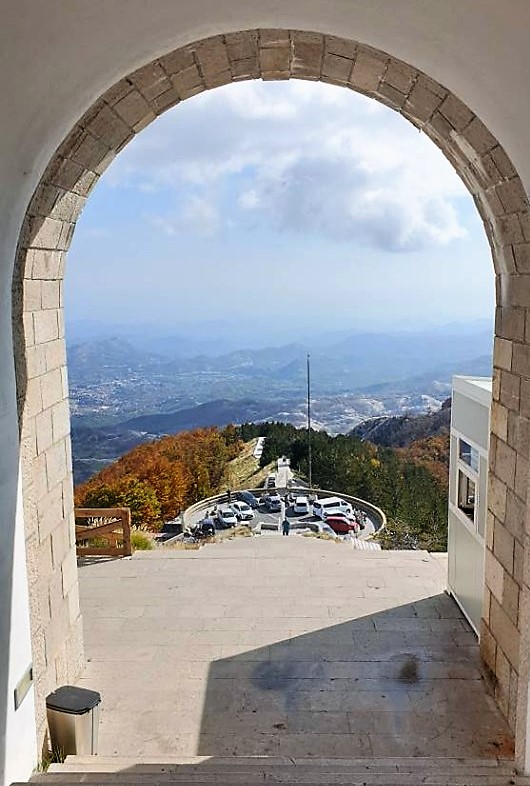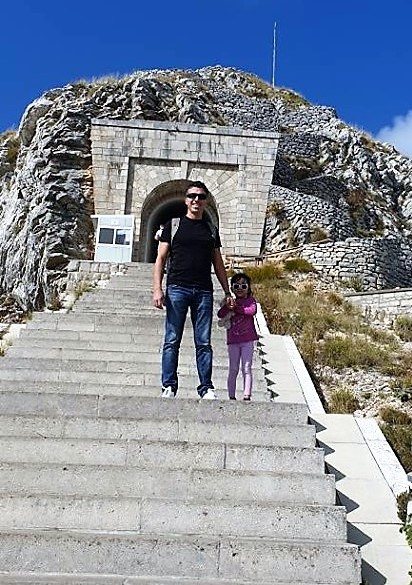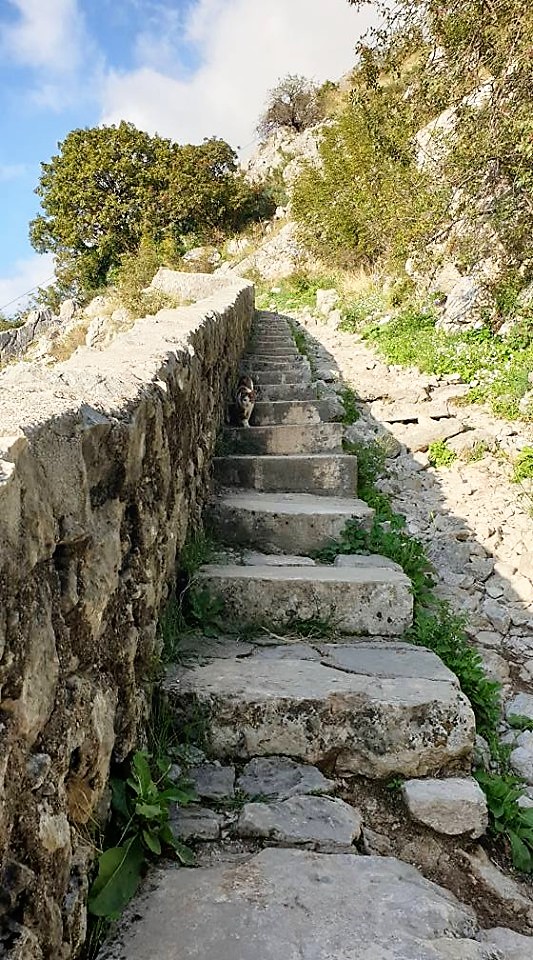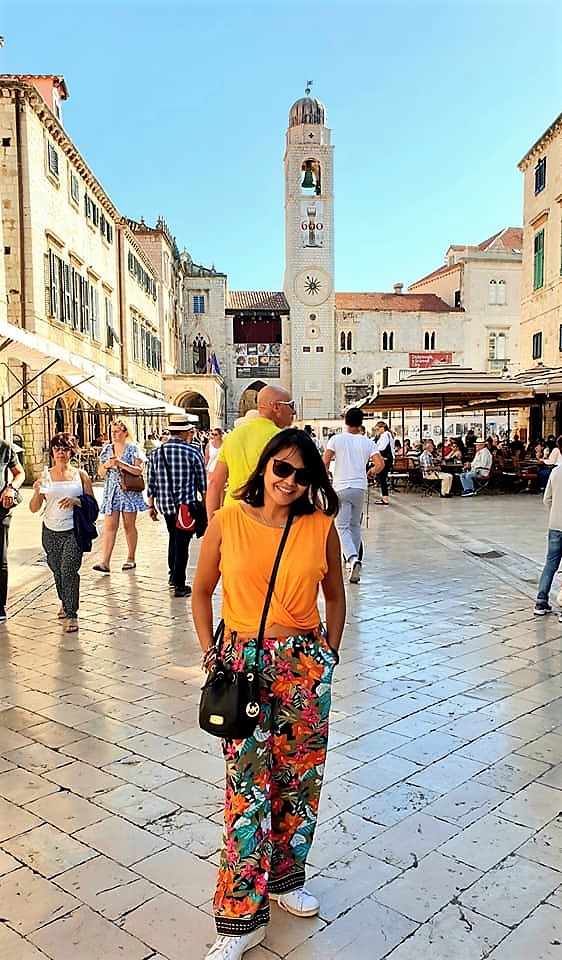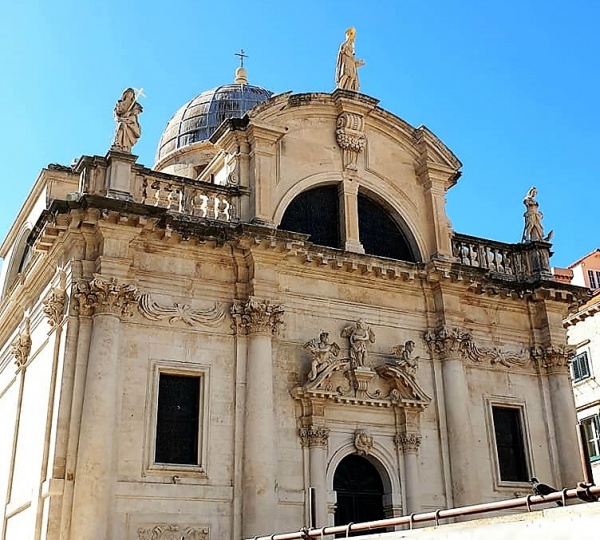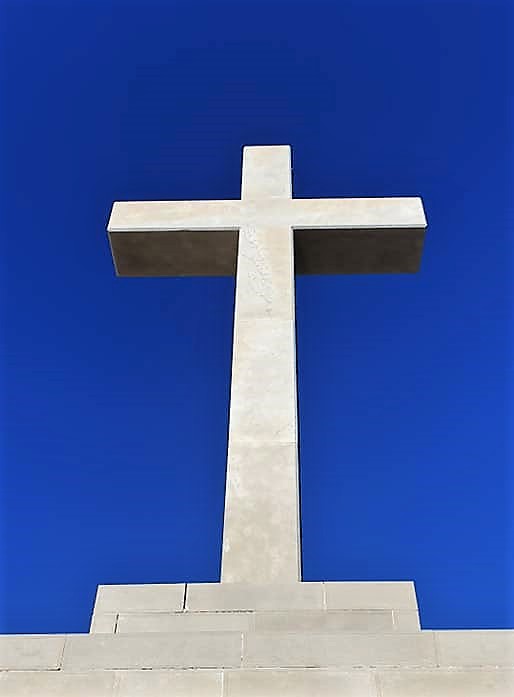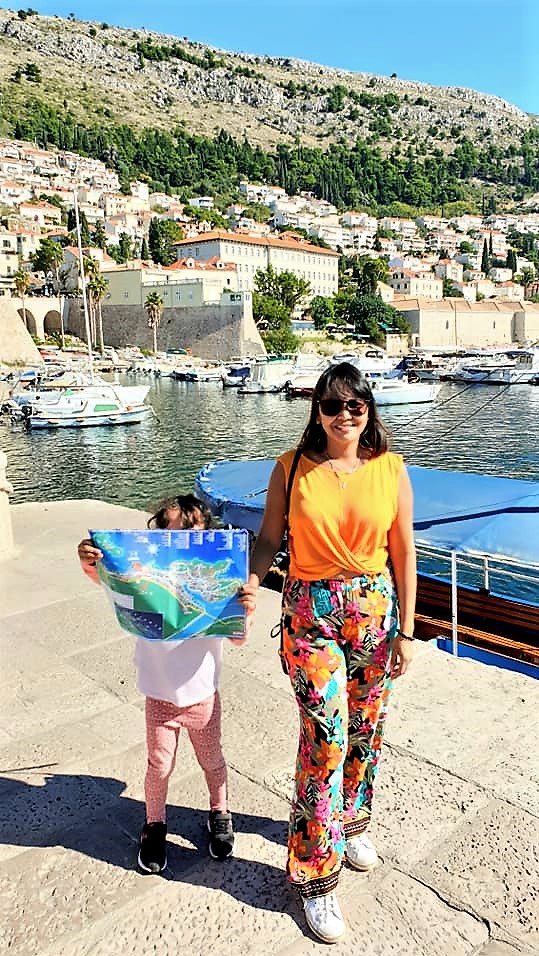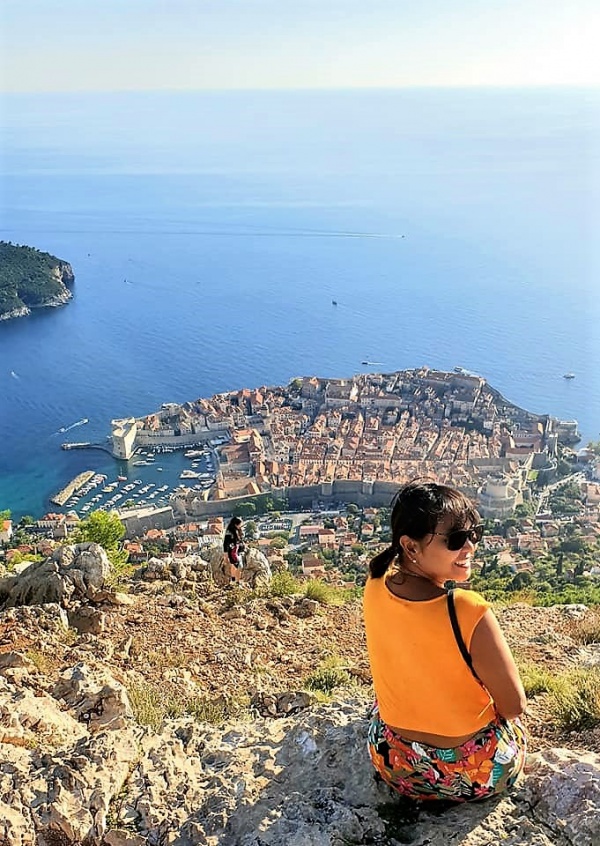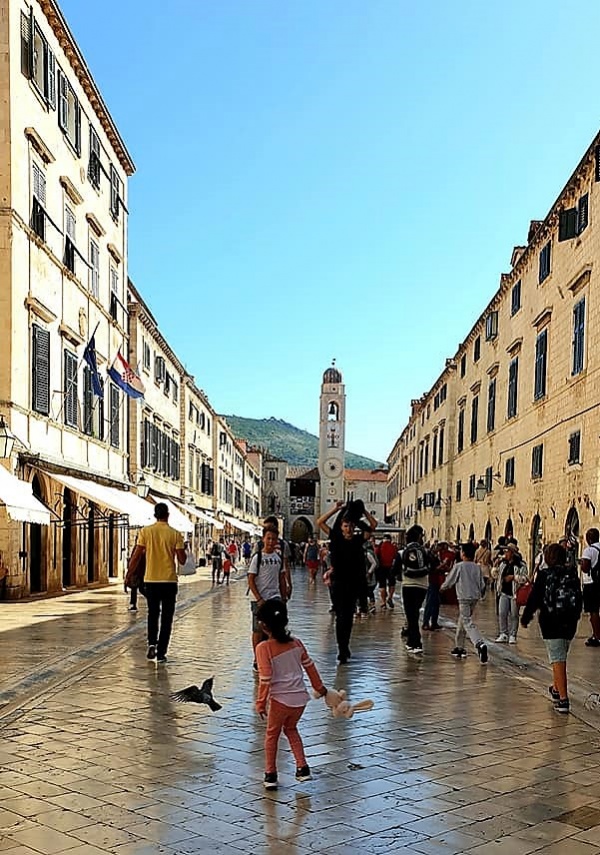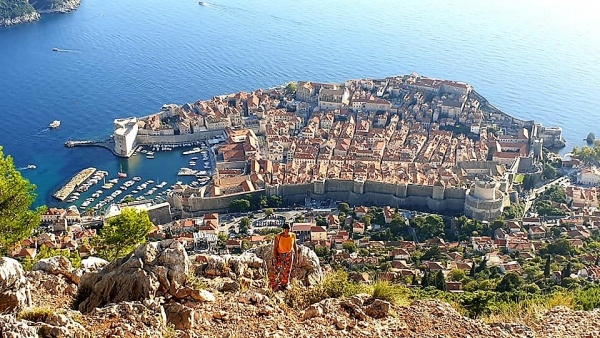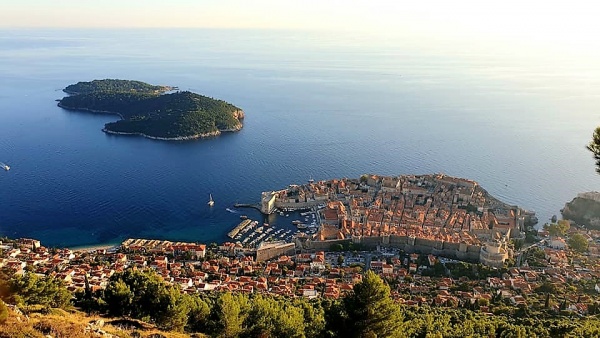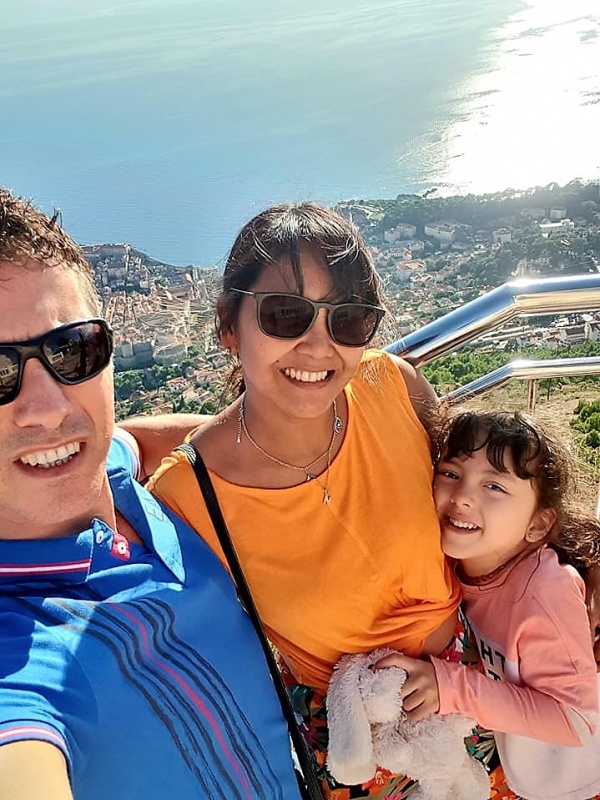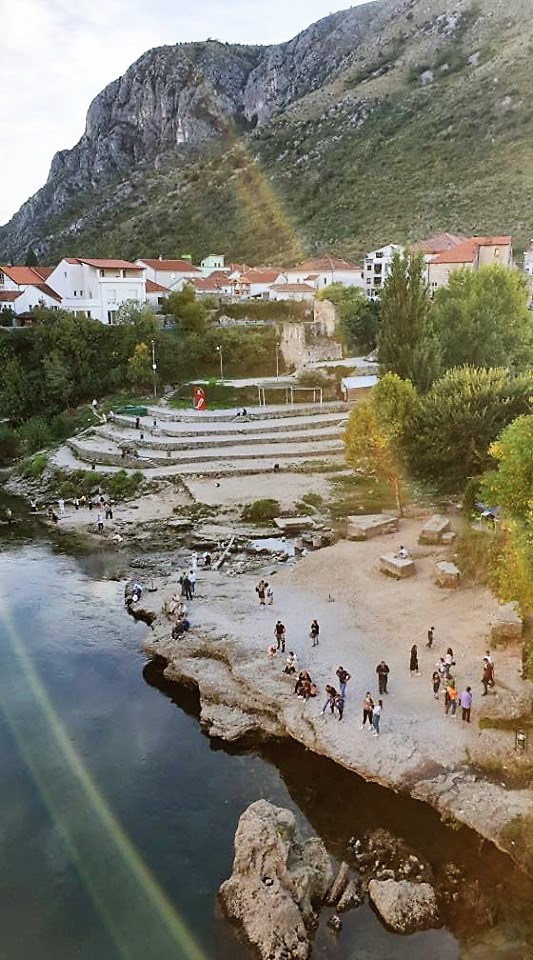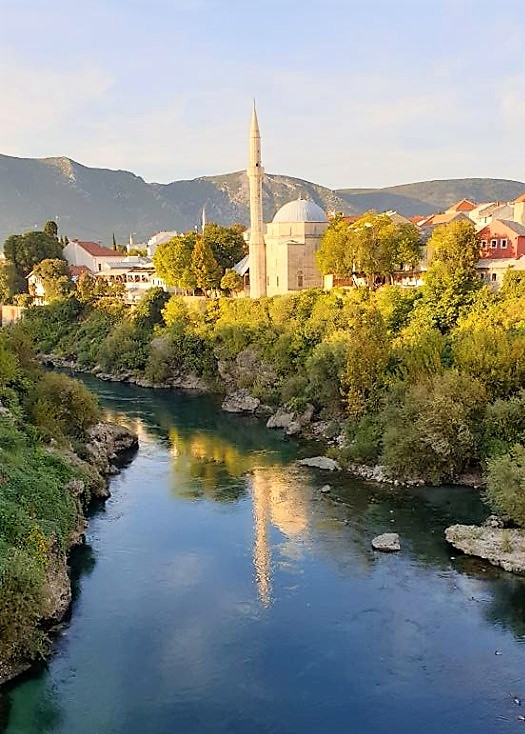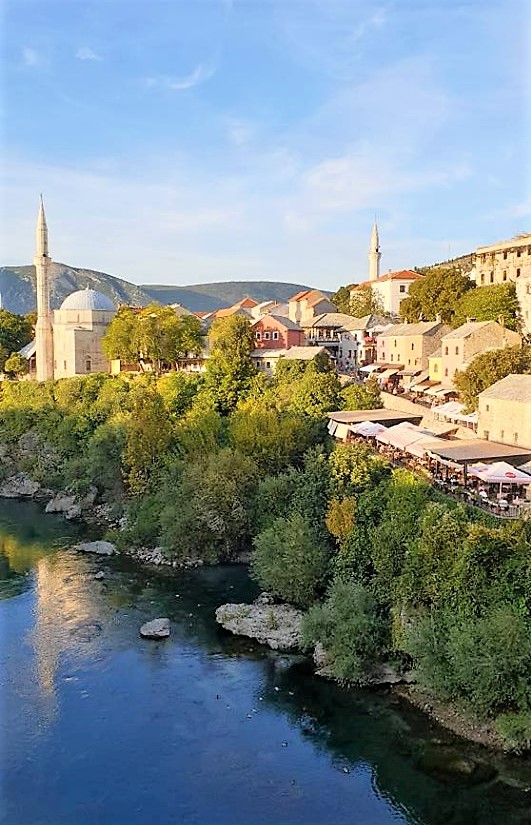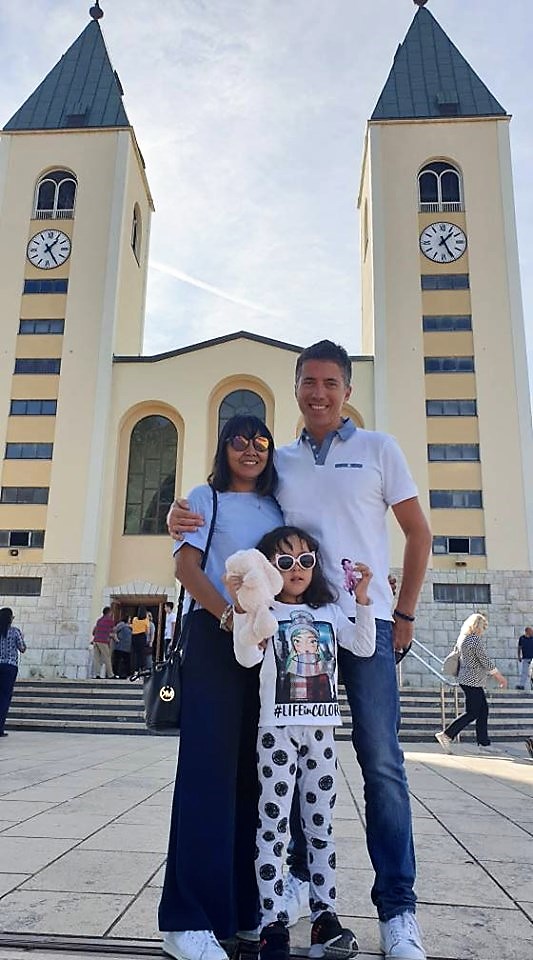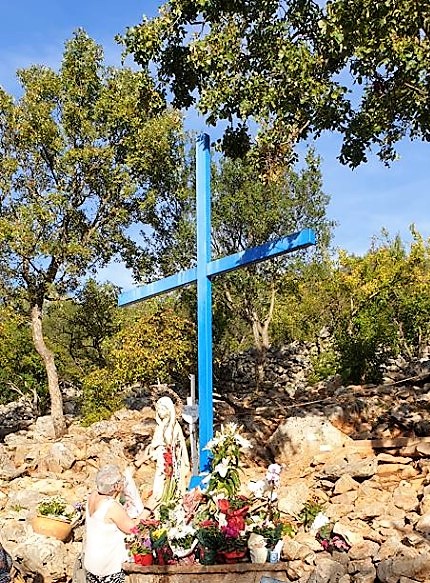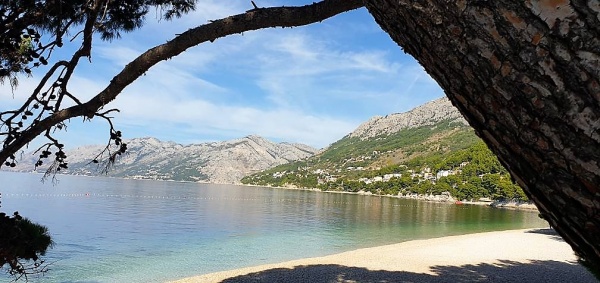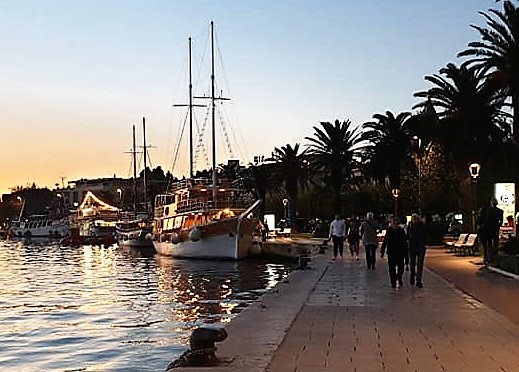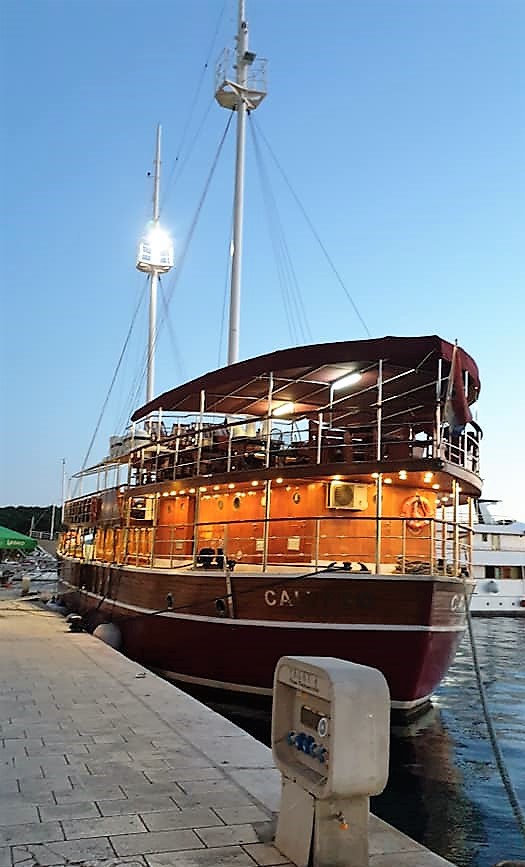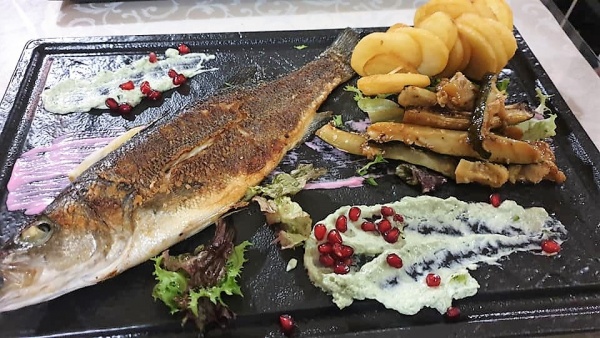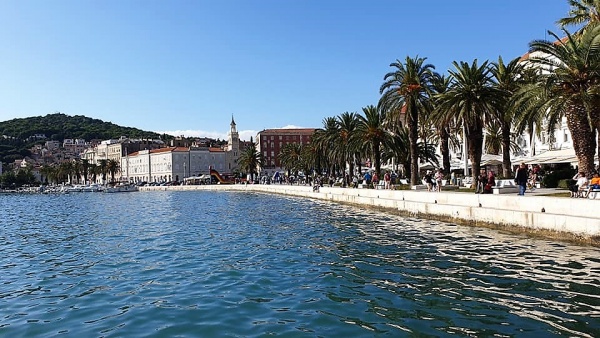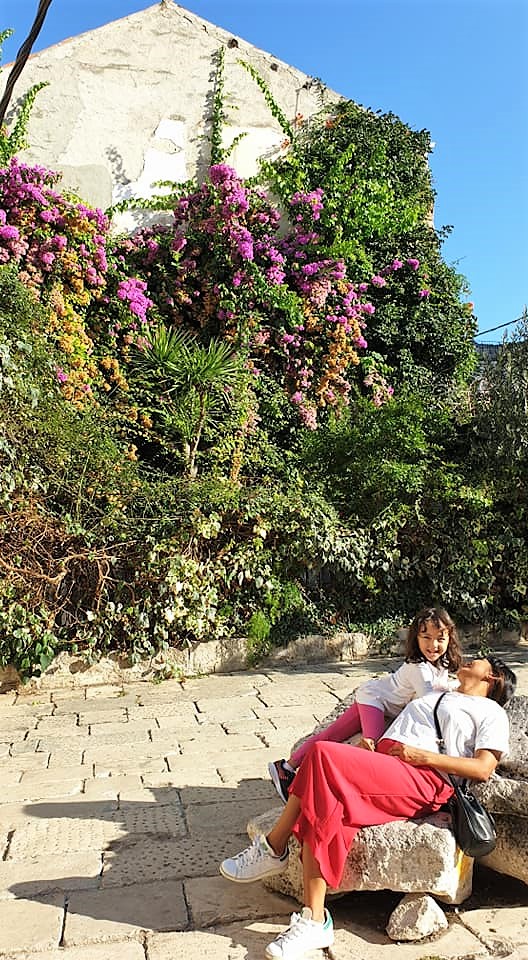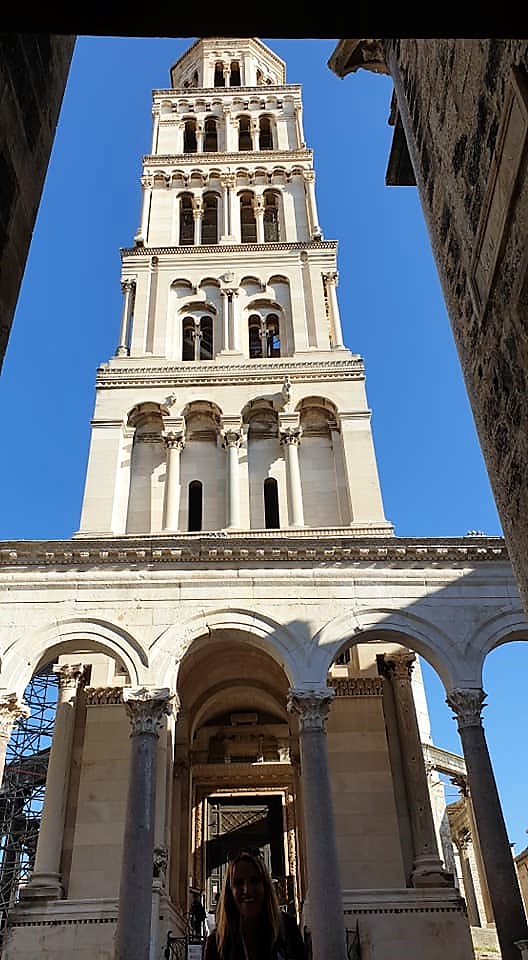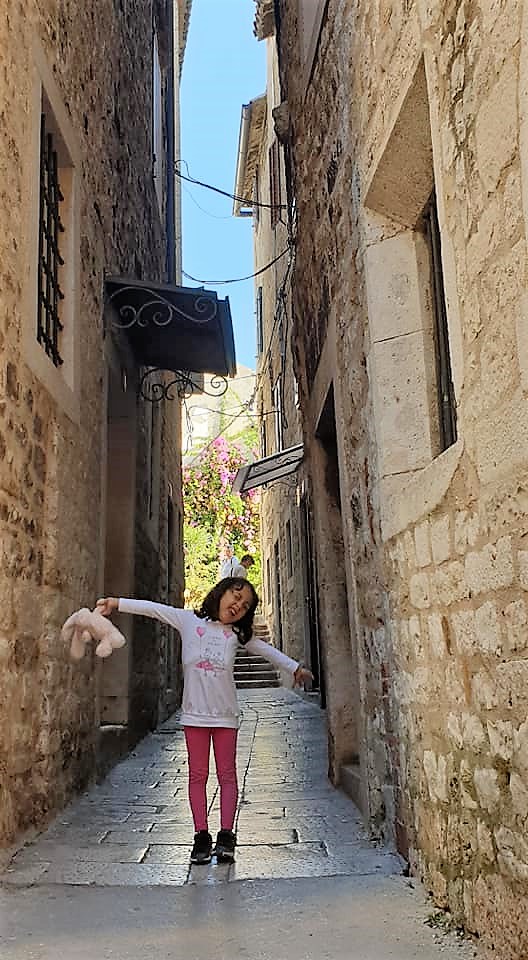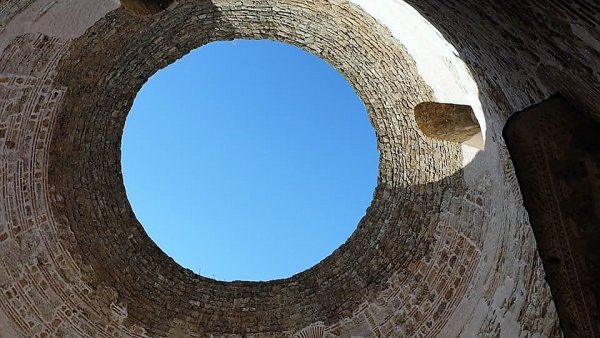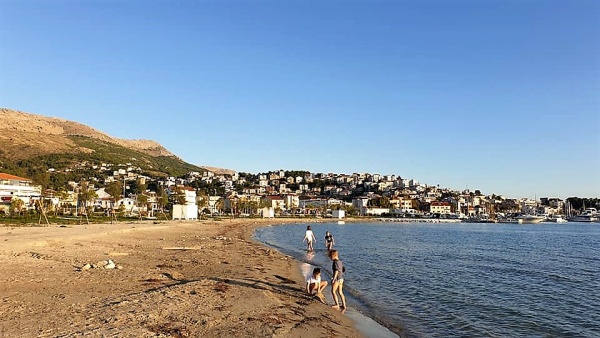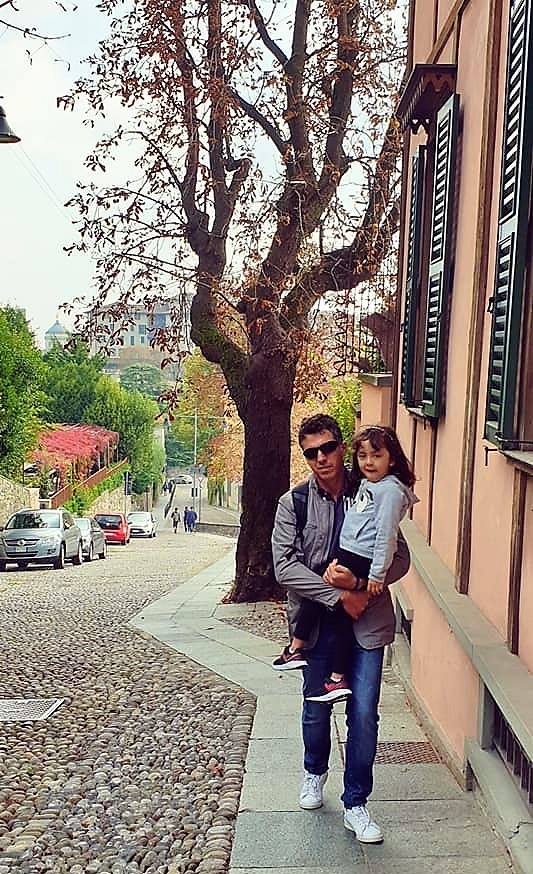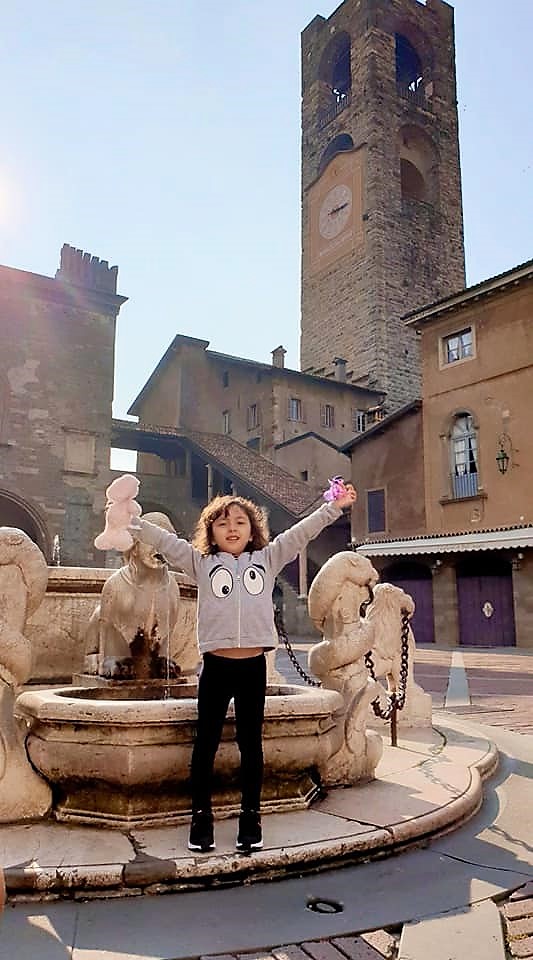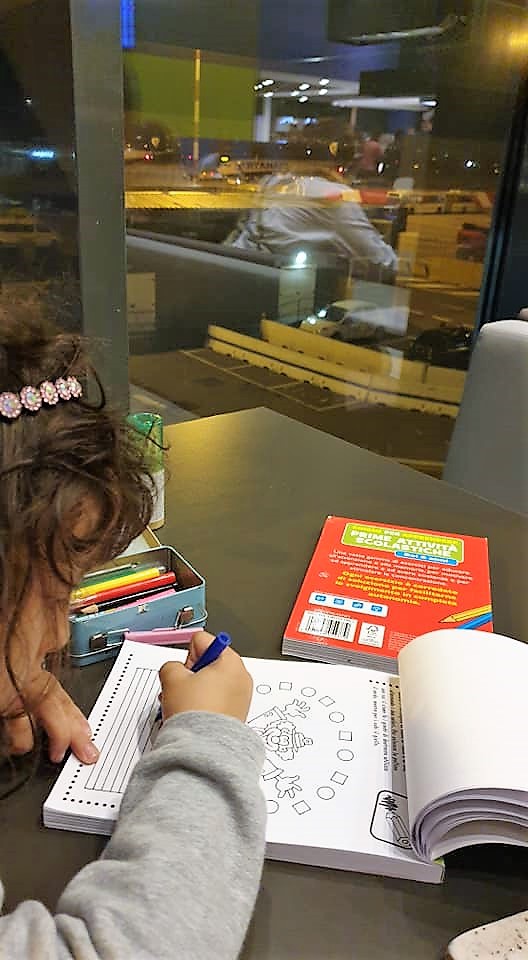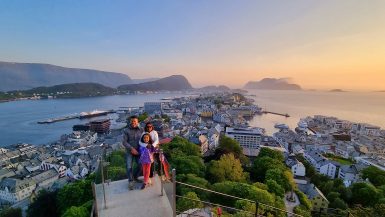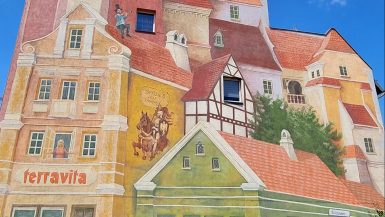The Balkans is a region in Southeast Europe with various geopolitical and historical meanings, especially since the military conflicts of the 1990s in Yugoslavia. Currently all of the states are republics, but until World War II all countries were monarchies. The Balkan Peninsula is bounded by the Adriatic Sea to the west, the Mediterranean Sea and the Marmara Sea to the south, the Black Sea to the east, and the Danube River to the North. This time for 11 days we visited Croatia, Montenegro, Bosnia-Herzegovina, and Slovenia.
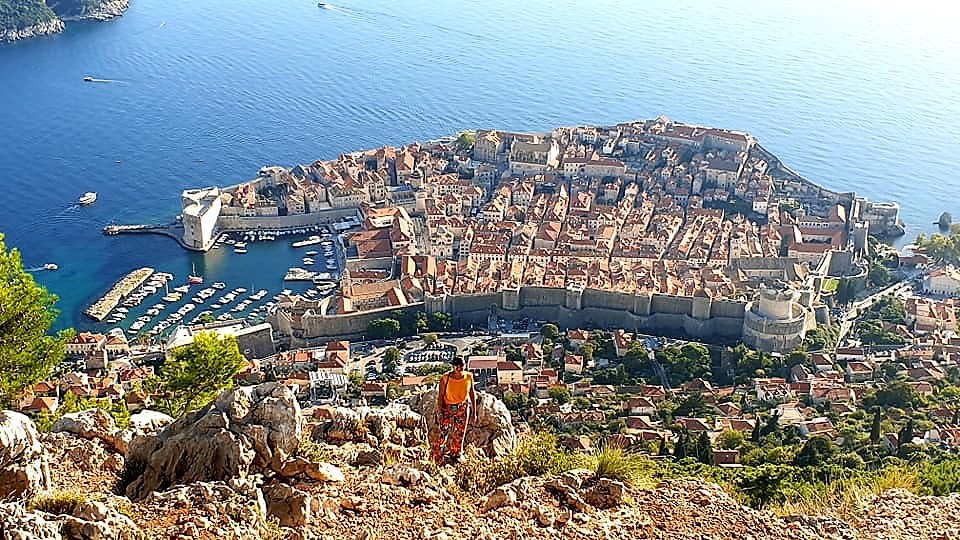
Why The Balkans?
The Balkans have stunning landscapes, rich and diverse culture with good infrastructures. Getting around is easy, especially by car. This area is far more affordable and less crowded than the rest of Europe, plus it has a lot to offer. Regardless of the different currencies, you do not really need to withdraw or exchange any cash, for Euro and debit or credit cards are widely accepted.
Despite boasting some of the beautiful destinations for cruise ships, we decided to visit the Balkans by land!
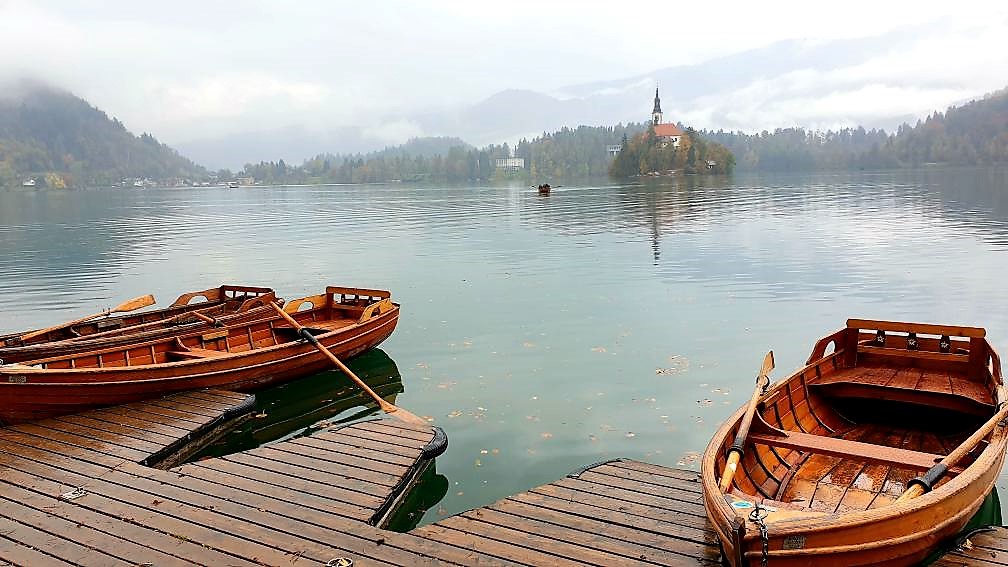
Preamble: Bergamo Città Alta
A stopover at Bergamo Airport on our flight to Croatia offered us the perfect chance for a visit of the town. Bergamo’s beautiful upper town, Città Alta, is a magical place well worth visiting. Just 40km northeast of Milan, Bergamo is a city you’ve probably not heard of before but it will surely surprise you.
By bus and funicular railway, you can reach the top of the town in around 30 minutes, feeling as though you have travelled back in time. It is a wonderful collection of alleys and cobbled streets, shops and restaurants. Plenty to explore and delicious food to eat but we only had a few hours before flying to Zadar, Croatia.
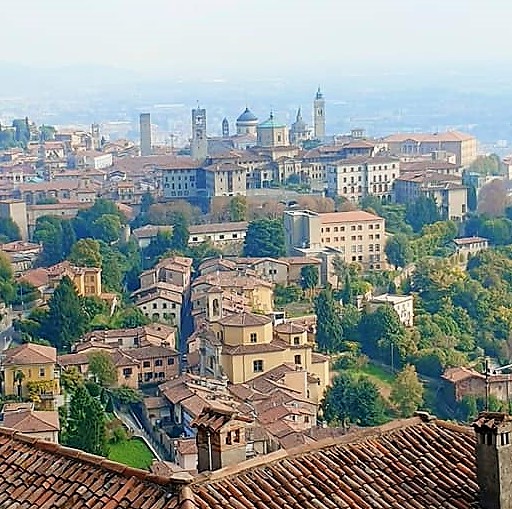
Here we go Croatia!
After our late flight to Zadar landed with almost two hours delay, we drove to the nearby city for the night. The next day, breakfast at Mcdonalds and ready to go for our new adventure!
We put off the visit of Zadar for last and we drove to Split for our first day in Croatia. It was a beautiful Saturday morning with summerlike temperatures and pure sunshine. Parking was free of charge and easy to find. We left our car close to the old town and in just 10 minutes we could reach the Riva, Split’s famous waterfront promenade. We visited the UNESCO-protected Diocletian’s Palace that dates from late Roman times.
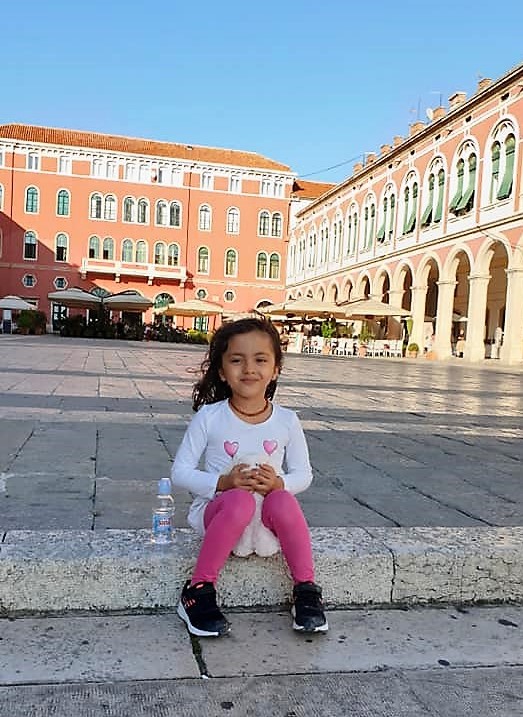
Our travel plan had Makarska as our night stop. Late afternoon, after my usual playground time, we moved on driving along the coastal road toward the South of Croatia. We reached our place in Makarska when it was already dark. It was a fantastic apartment with private parking and just 10 minutes from the promenade. After watching the Croatian way for celebrating newly weds, we had a wonderful dinner at the Hrpina restaurant.
The beach of Punta Rata
The American magazine Forbes included Punta Rata in the top ten most beautiful beaches in the world and ranked it the most beautiful beach in Europe.
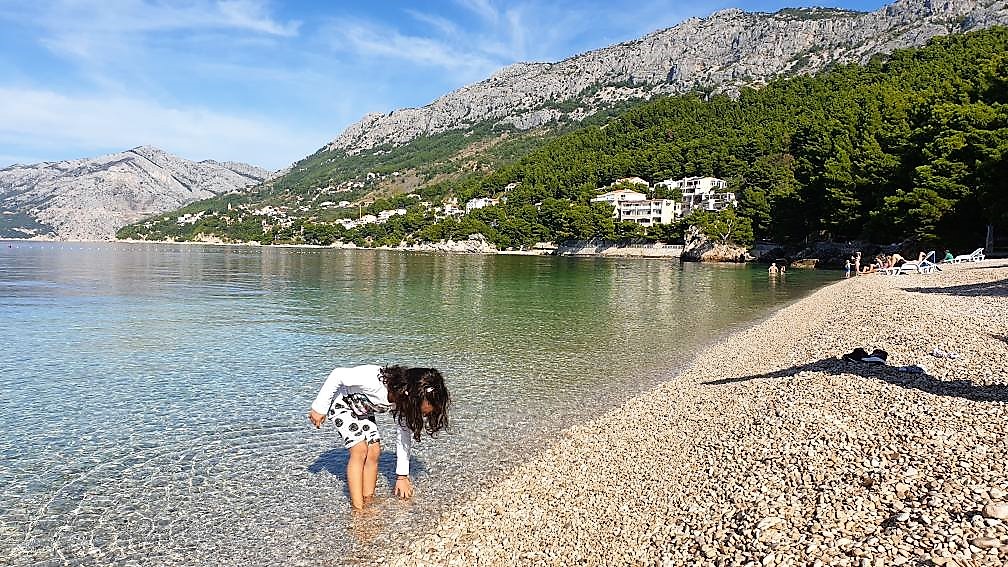
The Most Visited Unofficial Place of Catholic Pilgrimage
Before lunch we reached Medjugorje, a town in Bosnia and Herzegovina. It has been an unofficial place of Catholic pilgrimage since the Virgin Mary allegedly appeared on Apparition Hill in 1981. I must say that the first miracle that I witnessed was the fact that old people that go up and down the hill and manage to finish their day unharmed. In fact, the climbing was not simple and we had to move thru the rocks to reach the top. Probably, they all manage to do the climbing for the strength of their faith.
From this special place, we bought some rosaries as giveaways for family, friends, and for my teachers in the school.
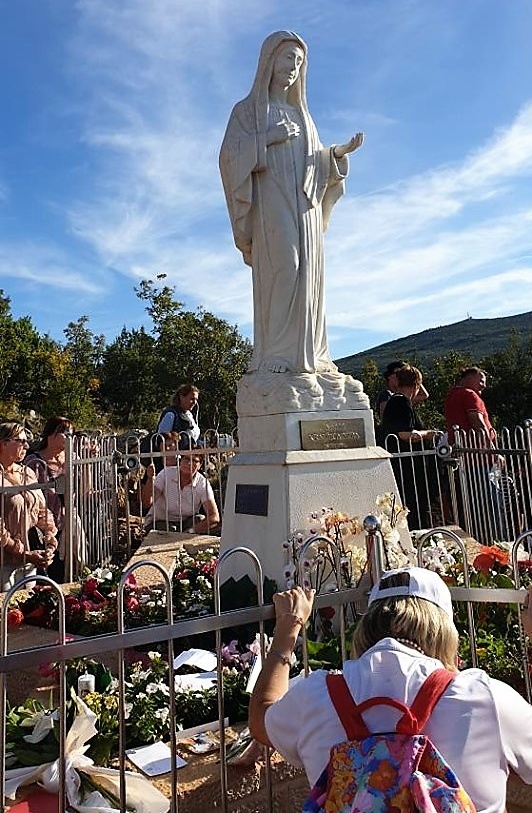
Mostar
From Medjugorje, it only takes 30 minutes to get to the historic town of Mostar (Bosnia and Herzegovina). With its Turkish houses and Old Bridge (the Stari Most) Mostar is one of the most beautiful destinations in the Balkans. The town was first mentioned in 1474 and its name derives from the Turkish word “mostari”, bridge keepers.
During the conflict of the 1990s, however, most of the historic town and the Old Bridge were destroyed. The reconstruction of the Old Bridge and the Old Town of Mostar are the best symbol of reconciliation, international co-operation, and coexistence of diverse cultural, ethnic and religious communities.
Dubrovnik, the pearl of the Adriatic
After watching the sunset in Mostar, we left for our night drive to the Old City of Dubrovnik, on the Dalmatian coast. We reached our destination after about 2.5 hours and after crossing 4 Croatian borders and 4 Bosnian borders coming from Makarska. In fact, to get from Croatia to Croatia you have to cross borders at least twice but, because of our visit to Medjugorje and Mostar, we doubled the border crossings.
The next morning, we left the car at our place and got a bus to the Old City of Dubrovnik (we could have walked but I felt lazy). The Old City of The Game of Thrones is simply amazing for its breathtaking beauty. However, compared to the rest of the country, Dubrovnik is very much expensive. All kind of entries or tours come with a high price on it. If you don’t want to pay, you could simply visit the Old City for free but for walking on the city walls you should be prepared to spend around 30 euro per person.
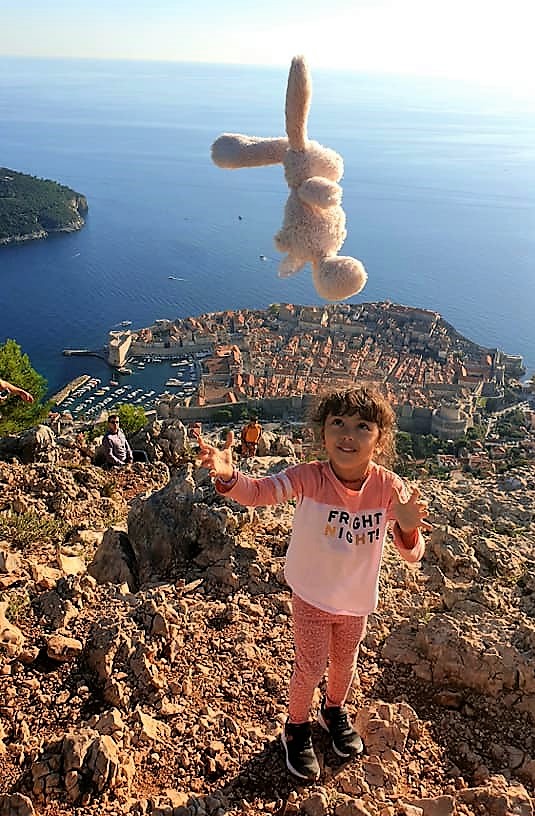
Just outside the Old City of Dubrovnik, for a pricey 25 euro per person, you can get a cable car and reach the top of Mt. Srd for sunset. The other option is a free drive with your own car up a few serpentines.
Mt. Srd is a low mountain just behind the walled city of Dubrovnik. From a height of 412 meters, we could get the best view of this unique place. Despite having been severely damaged by an earthquake in 1667 and by armed conflict in the 1990s, after major restorations, Dubrovnik is today more beautiful than ever.
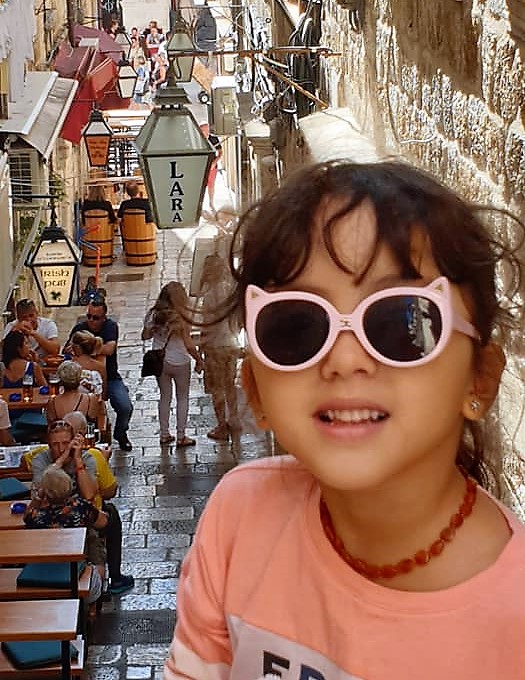
The Bay of Kotor, Montenegro
The next day, we drove to nearby Montenegro. The town of Kotor is less than 100km away from Dubrovnik. Kotor is an incredible coastal town in Montenegro with a landscape similar to the Norwegian fjords. The old town is surrounded by fortifications built during the Venetian period.
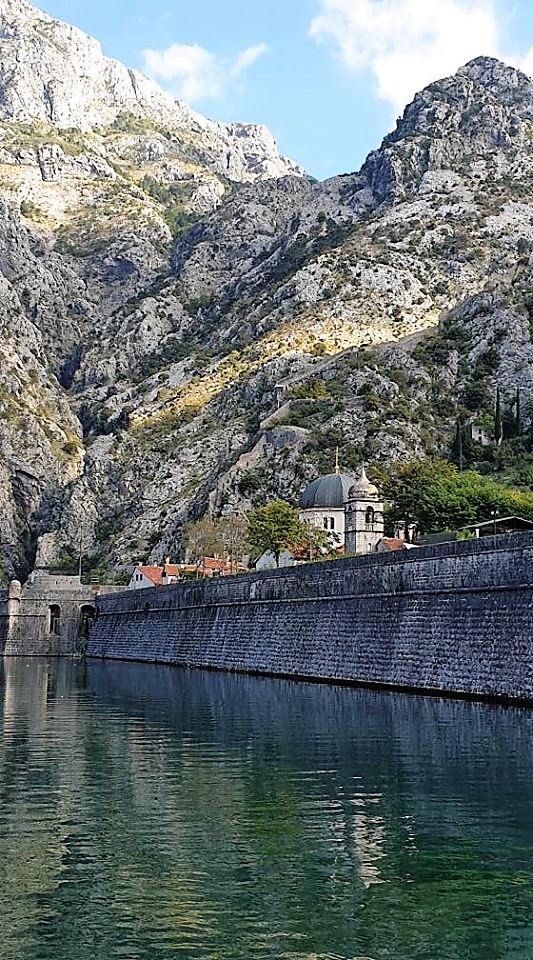
Although it is known as the southern-most fjord in Europe, the Bay of Kotor is a ria, a submerged river canyon that, together with the overhanging limestone cliffs of Lovćen, form an spectacular landscape.
Despite being less known than Dubrovnik, the Old Town of Kotor impressed us the most. It is a very ancient town, first mentioned in 168 BC, that was settled by the Romans.
We had lunch at the BBQ Tanjga with fantastic meat and vegetable. Reasonable prices and great food. That place should be a must on your visit to Kotor.
The visit of the Old Town is free but if you want to walk on the fortifications there is a ticket of 8 euro per person. Mom did it and got some incredible shots from the top of the walls.
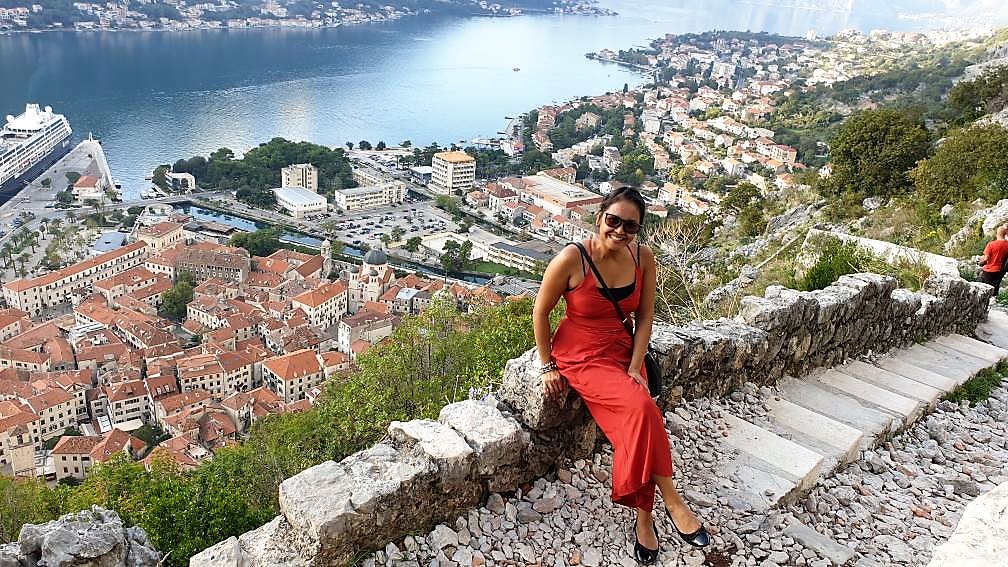
We spent the night at a modern and beautiful accommodation, just a short walk from the old town center. In fact, accommodation in Montenegro are good and at reasonable prices. Dad always says that where prices for accommodation are lowest that is where you should buy in and be prepared to pay a little extra to “upgrade yourself”. And we did it.
Lovćen National Park, Montenegro
The next day we drove to Lovćen, a mountain and national park. The name Montenegro derived from the appearance of Mount Lovćen when it was covered in dense forests. We drove to the top of the National Park and visited the Mausoleum of Njegoš that we could reach after climbing 461 steps into the mountain.
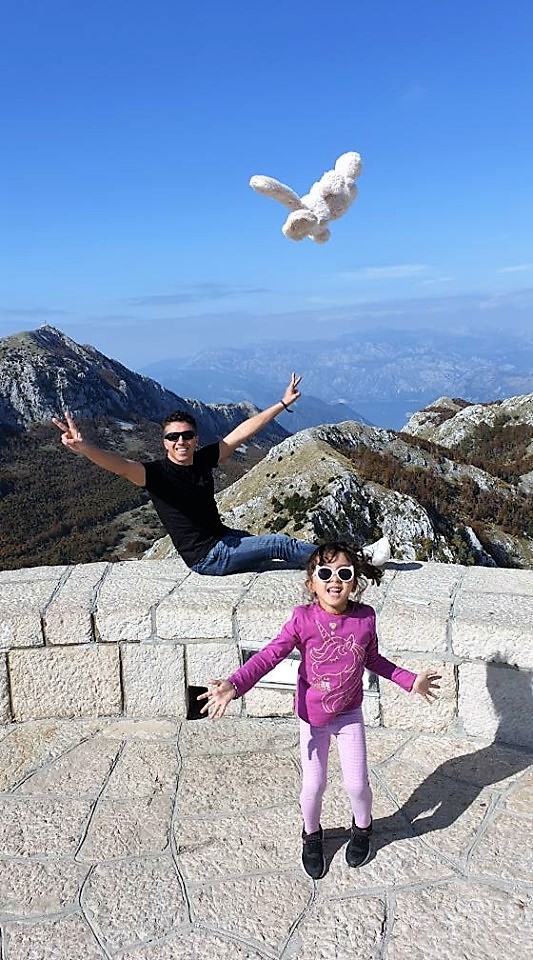
On the way down at the beginning of the 25 serpentines of the road to Kotor, we stopped at the Horizont Restoran Bar. This place is in one of the most beautiful locations on earth. From there, in fact, the view was breathtaking. A coffee or a beer while waiting for the sunset are a must-do experience.
We also visited the ancient beach town of Budva, near Kotor. Once a small and quiet coastal town, today, Budva is now one of the loudest and most packed towns in Montenegro for its long beaches and night life.
Perast, Montenegro
If you are in Kotor, make sure not to forget to visit Perast. There is not much to do except looking out at some of the most incredible scenery in the world. That was the reason why Michael Douglas and Catherine Zeta-Jones bought a house there. Take a a boat ride out to the small man made island of Our Lady of the Rock and have a drink or meal at one of the restaurants along the water and enjoy the views. Not much but a lot.
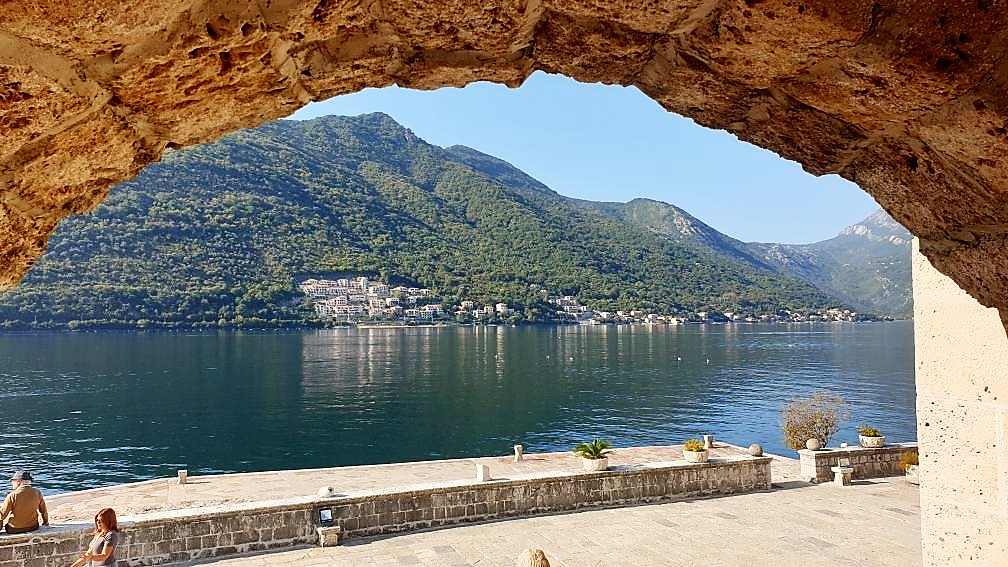
From Kotor to Sarajevo
It is quite a long drive from Kotor to Sarajevo (almost 5 hours). However, along the way we got some incredible views of the Balkans. Dad was a bit confused when we crossed the border from Montenegro to the Republika Srpska, one of the two entities of Bosnia and Herzegovina, the other being the Federation of Bosnia and Herzegovina. Its largest city and administrative centre is Banja Luka, inhabited by Bosnian Serbs. They were quite strict with our car documents and passports but then we were able to cross. At lunch time, we were lucky to find a nice restaurant with a beautiful view over the Balkans. Good food for little money is normal for Bosnia. So, we enjoyed that as it lasted.
We finally reached Sarajevo just before sunset. We were tired, so we decided to take a rest and visit the city the next day. The Old City of Sarajevo still suffers from the genocide of the 1990s. At least, that was how we felt. Similar things should never happen but unfortunately, somewhere in the world, bad things keep happing over and over again.
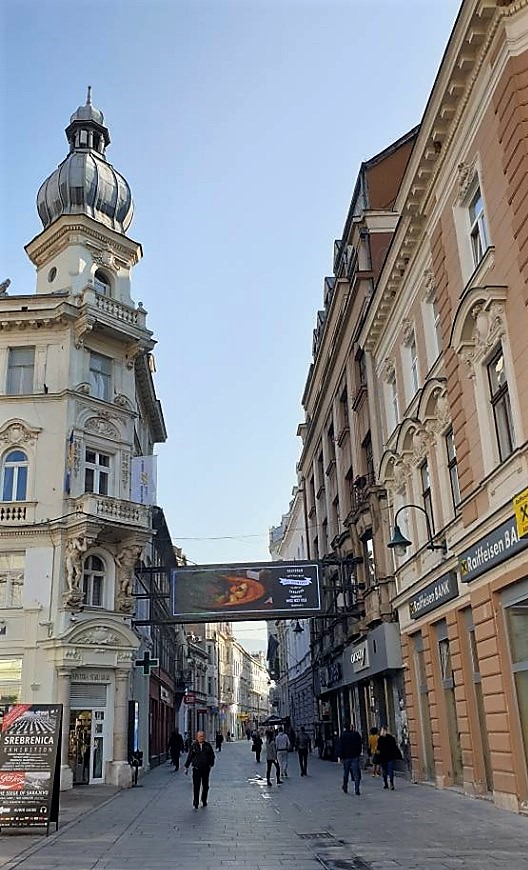
From Sarajevo to Zagreb
Just before midday, we set on our next destination back in Croatia: the capital city of Zagreb. There are almost 500km separating the two capitals, but roads are far better than those going to Montenegro.
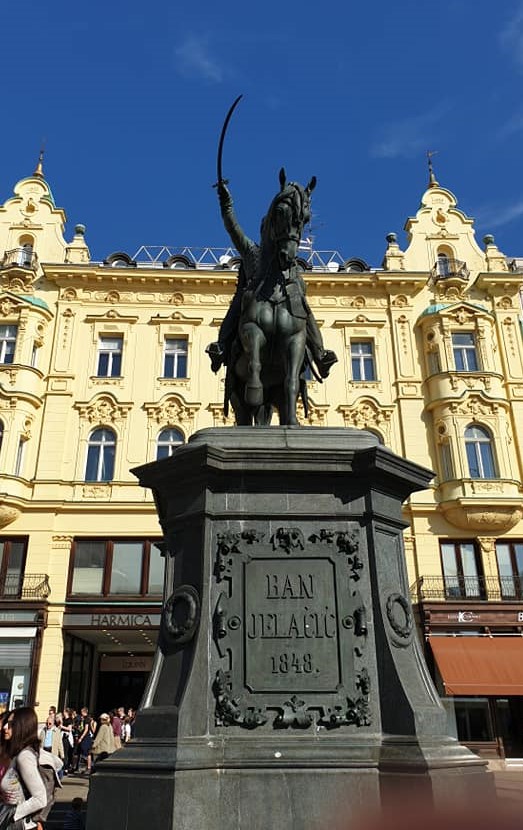
Lake Bled and Ljubljana
From Zagreb you can easily reach Lake Bled in less than 2 hours drive. It is all highway up to the lake. After almost 10 days of heat and unbroken sunshine everywhere we went, at Lake Bled it was raining and it was cool for the first time. The Slovenian landscape is very similar to the Austrian. It was very green and well kept almost everywhere we went.
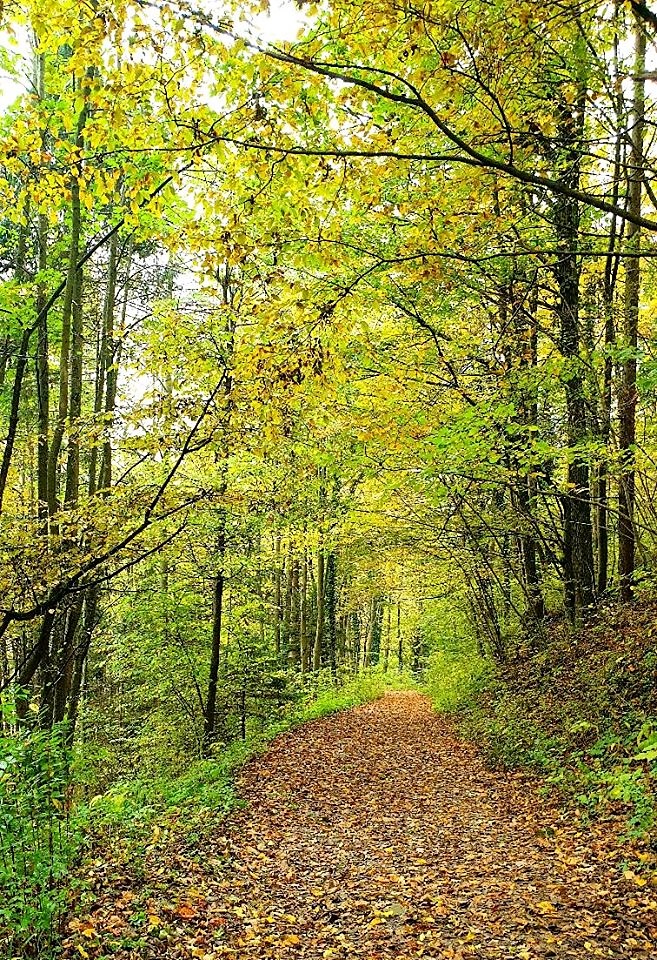
The atmosphere at the lake was magical, especially the view of the Pilgrimage Church of the Assumption of Maria on the small island. We walked thru the rain along the lake and then, following a beautiful path in the woods, we reached the Castle of Bled. From there we had a wonderful view of the lake.
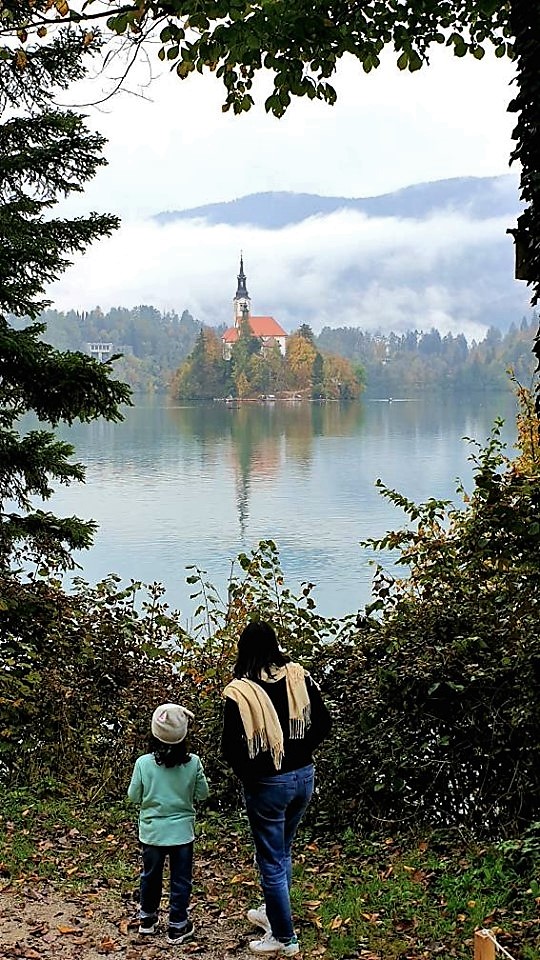
On the way back, we stopped at the capital of Slovenia, Ljubljana. Not much to say about it except that I spend some time at the playground. After that, we drove back to Zagreb.
Please remind that to drive in the highway of Slovenia you must buy a vignette at the border. It is not well advertised by the local authorities, perhaps because they probably prefer the fun of stopping people that did not know about the vignette and consequently fine them heavily for that.
Also, remind that you need to sign a cross-border insurance policy when traveling to some countries of the Balkans.
The Croatian Capital City
Zagreb was a positive surprise for us. Zagreb is wonderful example of 18th- and 19th-century Austro-Hungarian architecture. The city has a beautiful Gothic Cathedral, large pedestrian-friendly streets lined with outdoor cafes, shops, museums and parks. We visited the Dolac market. It is a place where people can buy fresh products, talk and enjoy their morning coffee. The market is open every day and just next to Zagreb’s cathedral. Even though there are many supermarkets in the center, people still go to Dolac to buy fresh food. Indeed, at the market prices are low and products are fresh. We just loved Zagreb.
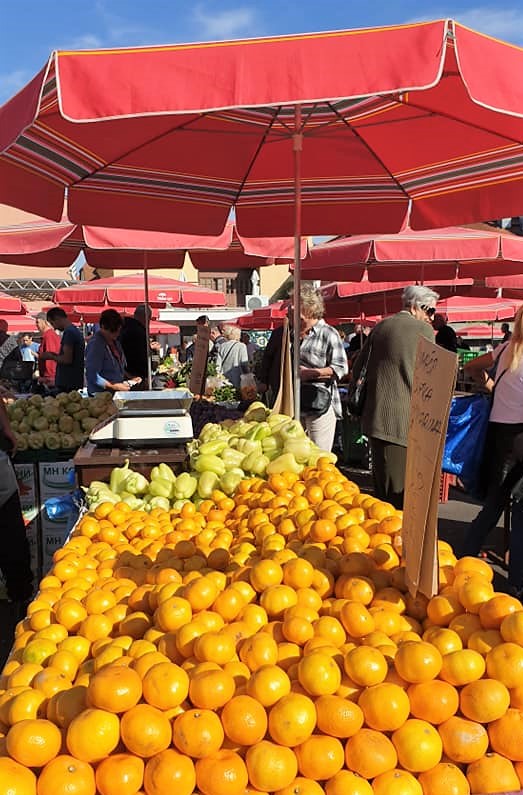
Plitvice Lakes National Park
After the Zagreb’s market, we headed for the Plitviče Lakes National Park. After the initial highaway, we had to continue on normal roads that wind from one village to the next. One thing we noticed in Croatia was the amount of speed traps along the roads. Speed limit enforcement must be a priority and, if you don’t pay attention, you risk to get fines every step of the way to Plitvice. In fact, at some points, speed limits are set very low and it is so easy to exceed those limits. We had a GPS navigation device that kept on beeping and saved us from the final bill. You’d better get one or use your smart phone for Google maps navigation to save yourself from certain disaster.
We arrived at the Park early afternoon. Plitviče Lakes National Park is Croatia’s biggest and oldest national park. It has 16 terraced lakes joined by waterfalls that extend into a limestone canyon. Walking trails and boardwalks wind around and across the turquoise water. To cross the lakes and move faster, an electric boat links the 12 upper and 4 lower lakes. We chose the lower lakes and took the Trail F that takes you to the Veliki Slap, a 78m-high waterfall. The lakes are an outstanding natural phenomenon and some of the most unique places we have ever seen.
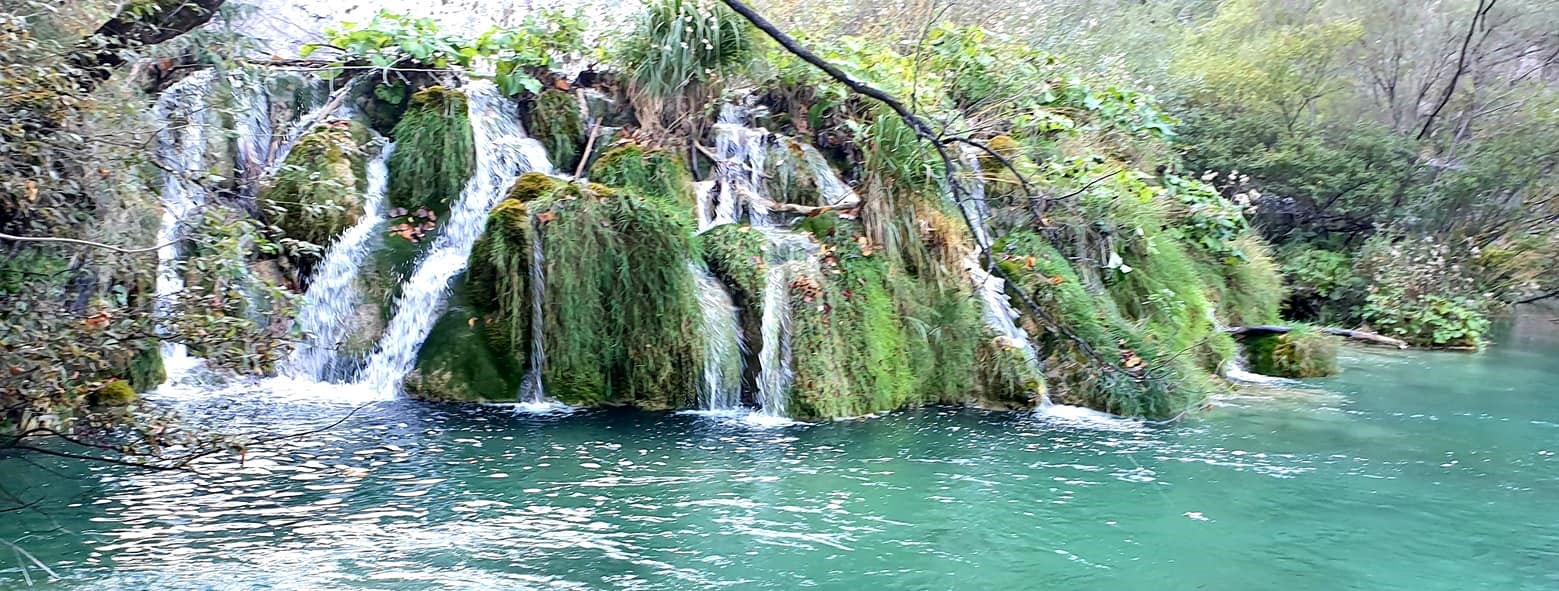
The Beautiful City of Zadar
Our first and last destination of our Balkan’s tour was Zadar. Clean, bright, and with vibrant colors, this city has a lot to offer. It’s a cool city where parking your car is uncomplicated and inexpensive. In the end, we chose Zadar as our Croatian’s favorite place.
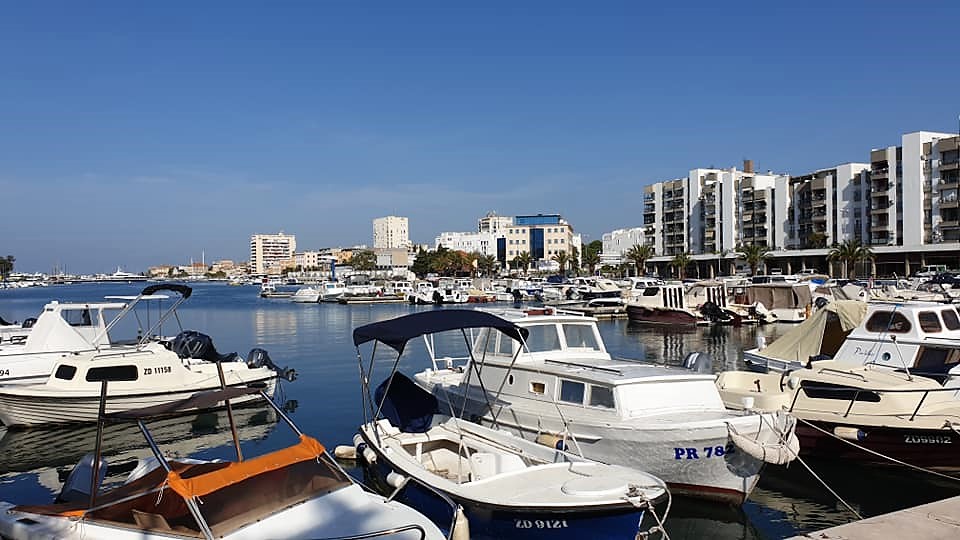
For our last night in the Balkans, we stayed at a beachfront apartment just outside town. After having breakfast on our balcony overlooking the ocean, we went to visit the Old Town of Zadar.
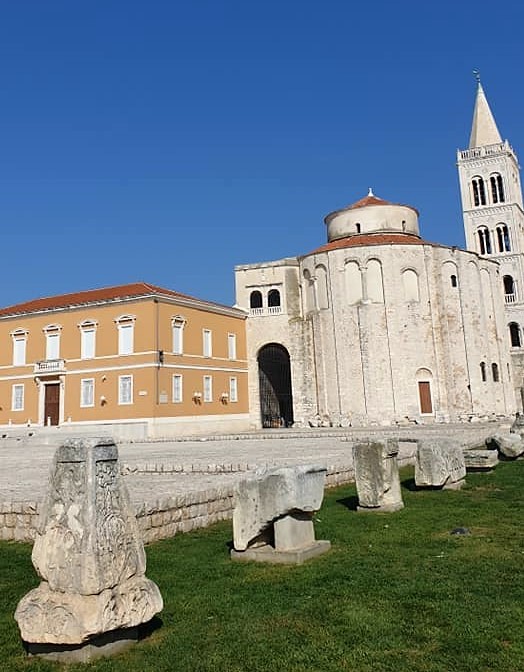
Zadar has a long history dating back to the time before the Greeks. Most of the Greek influence in the meantime has vanished, but Roman remnants are still visible everywhere in Zadar. In fact, the main street running through the old town is the old Roman road. The laneways radiating out of the main road are crowded with small shops, cafes, and restaurants. The city has a beautiful waterfront area with a long promenade with wonderful area for relaxation, plenty of choices for trying out inexpensive and tasty street food, and even a big playground.
For “the most beautiful sunset in the world”, as Alfred Hitchcock described Zadar’s sunset, we went to the Monument to the Sun on the edge of the Zadar waterfront.
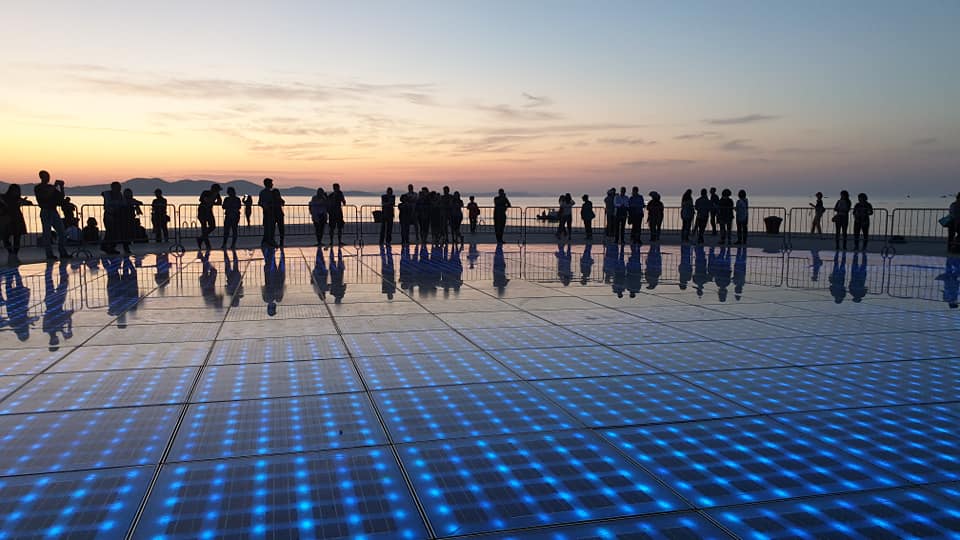
Sve je bilo odlično!

